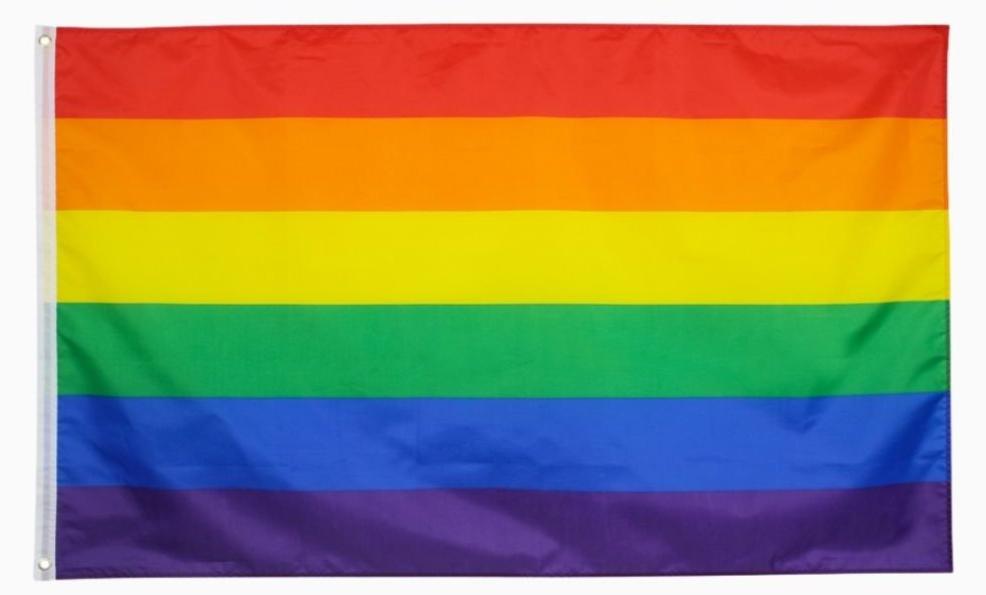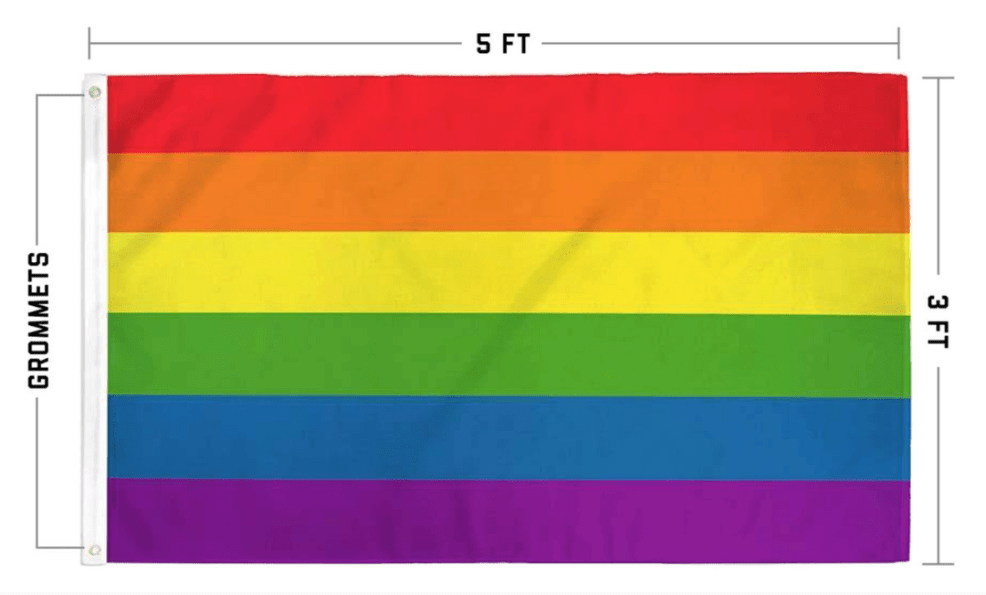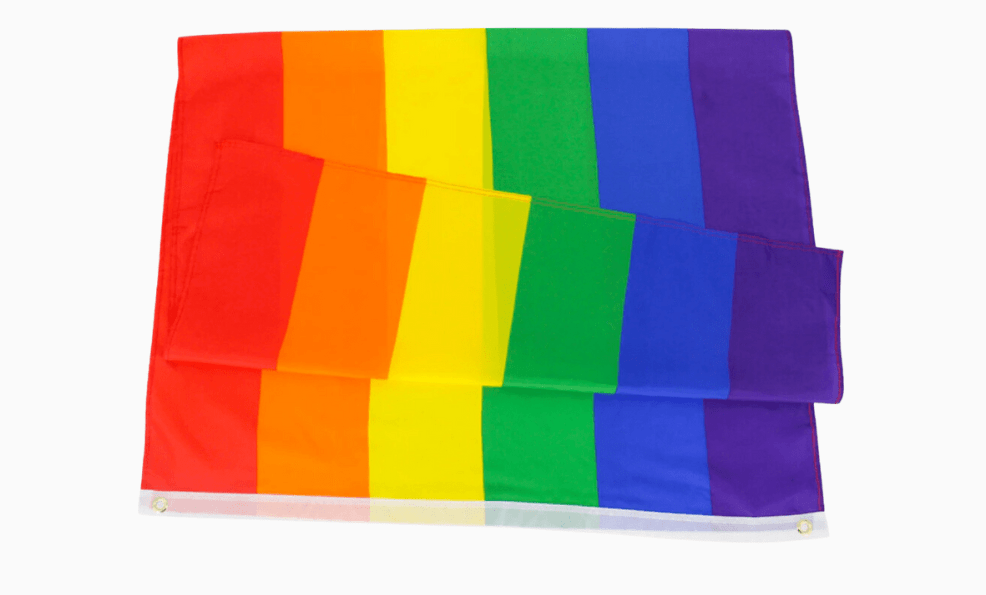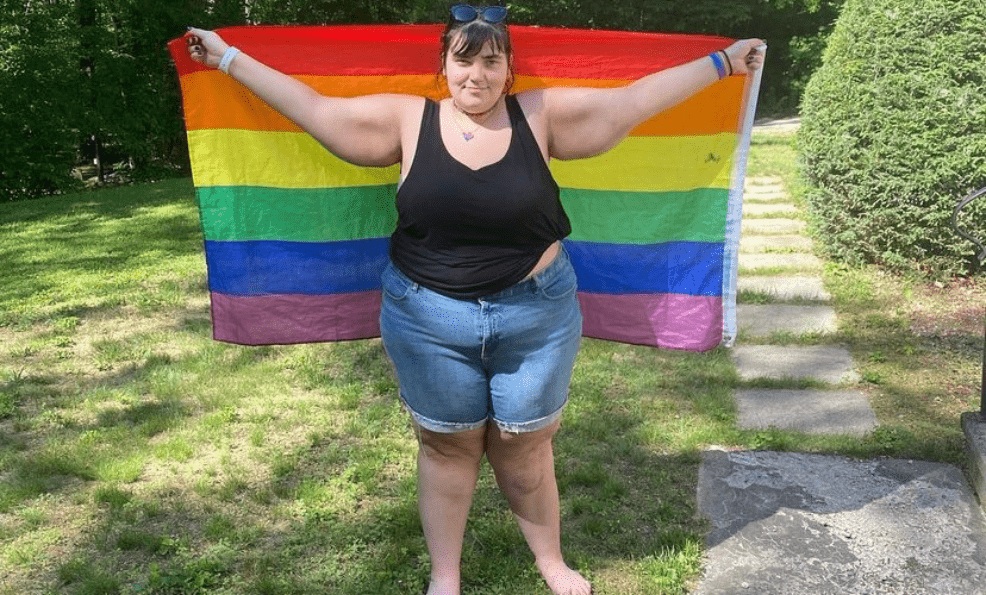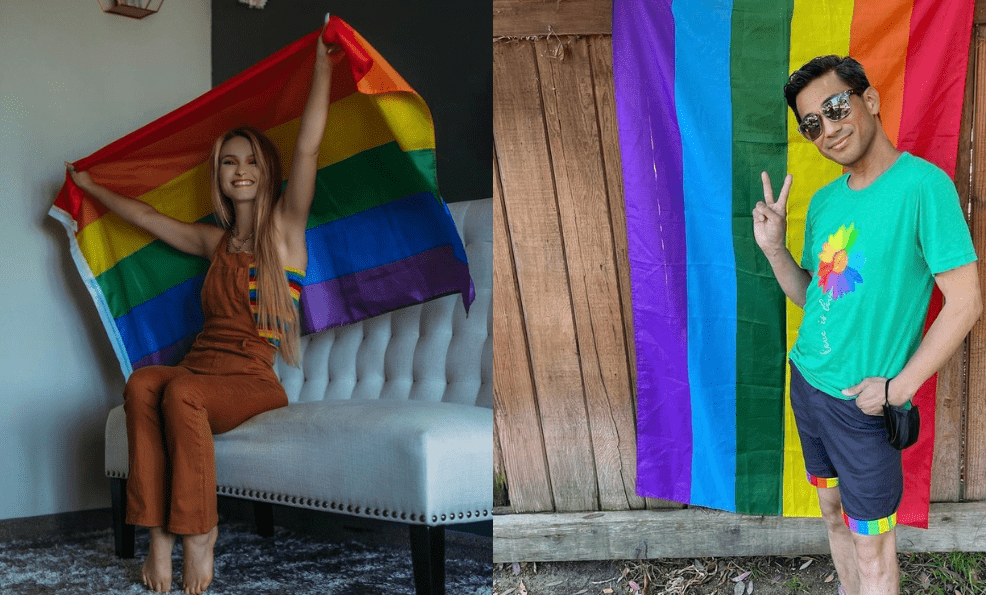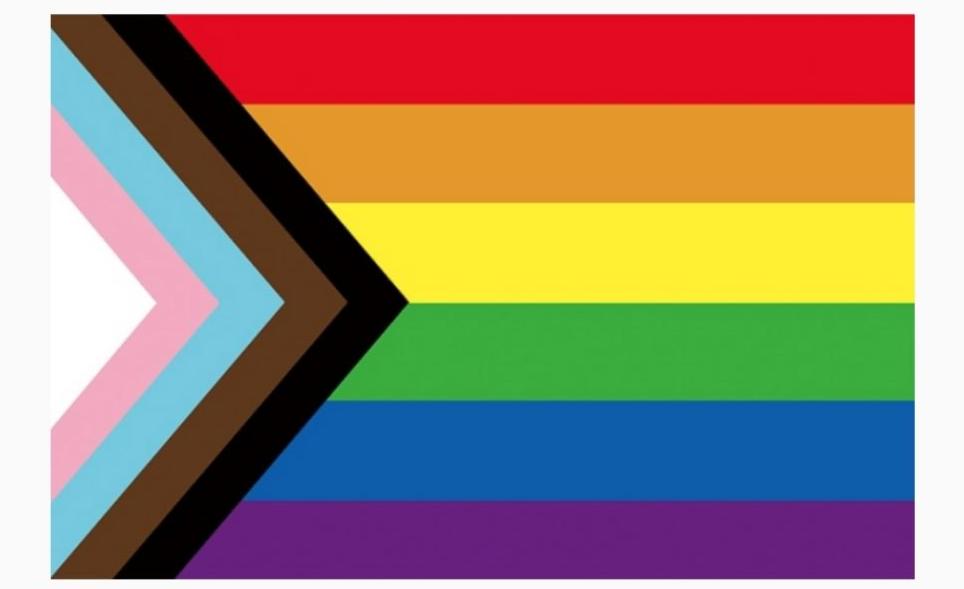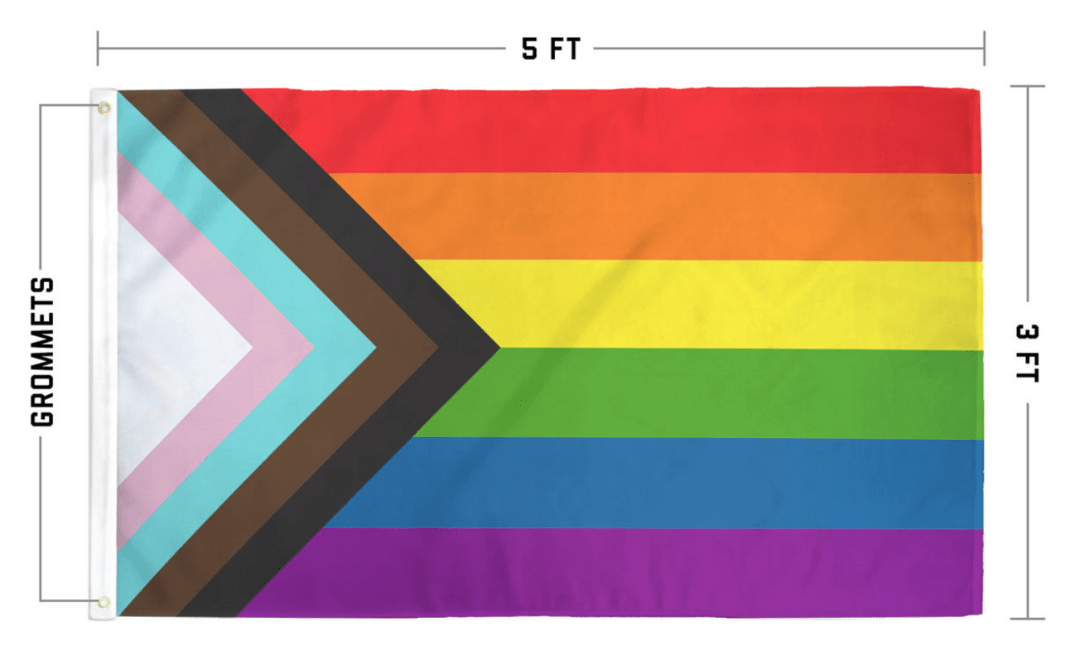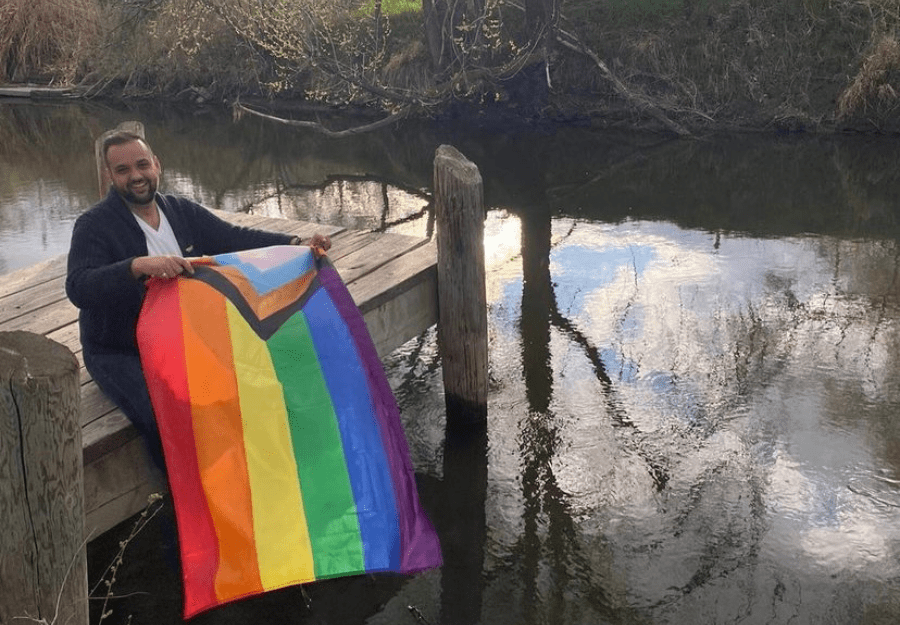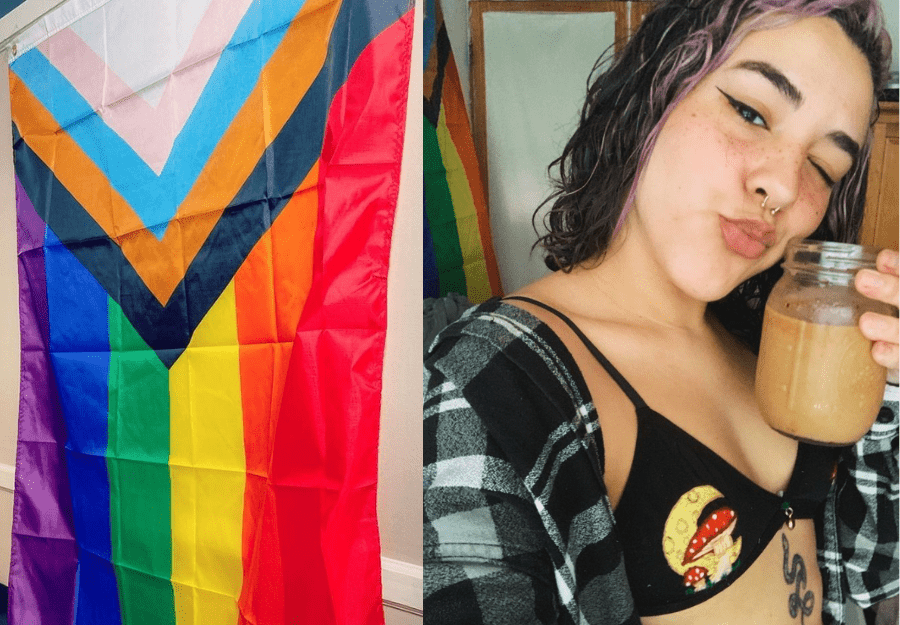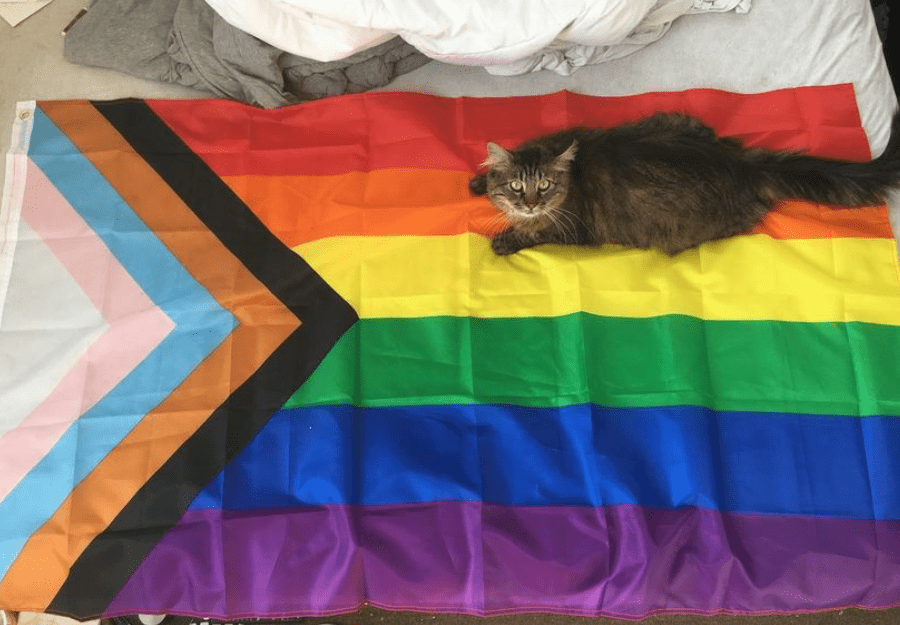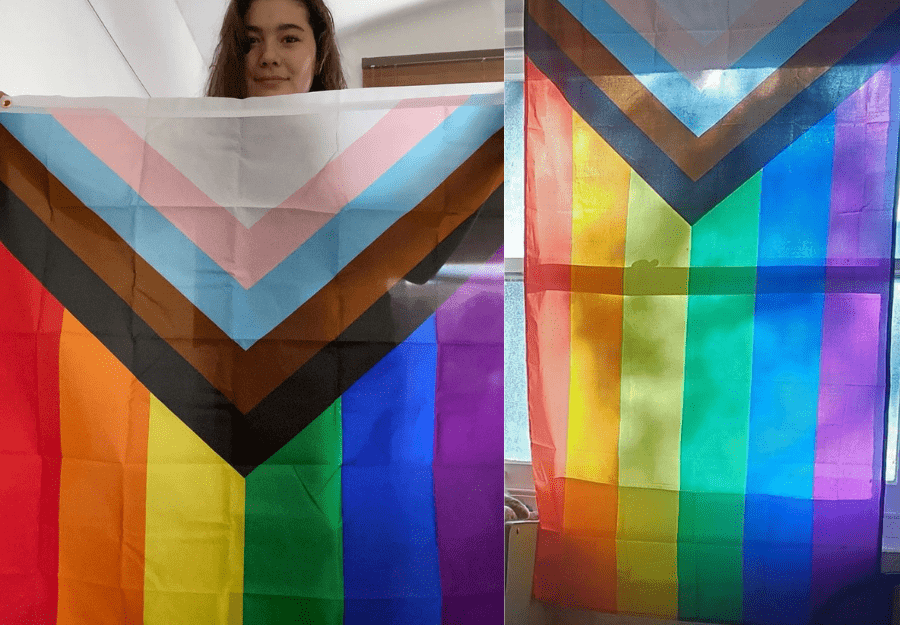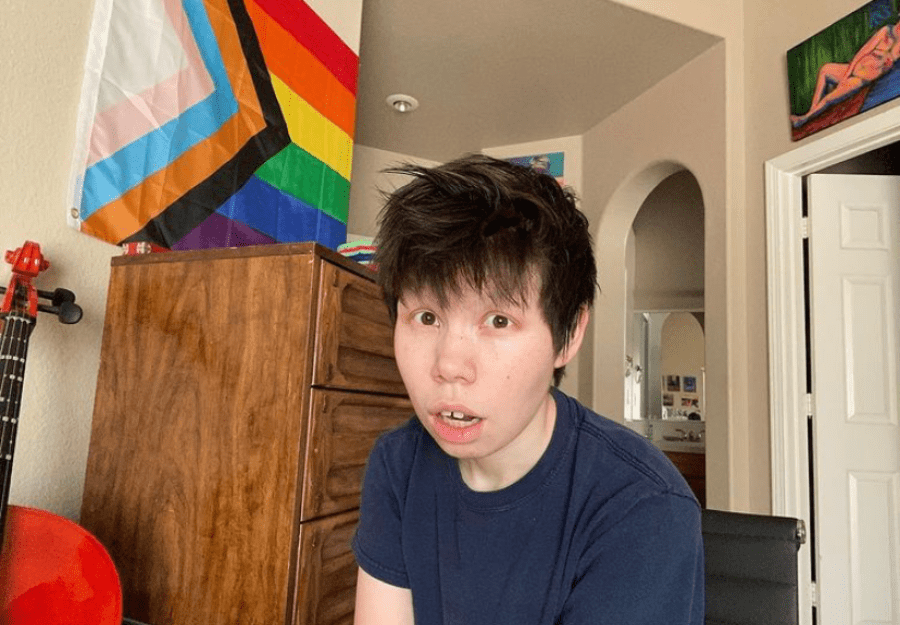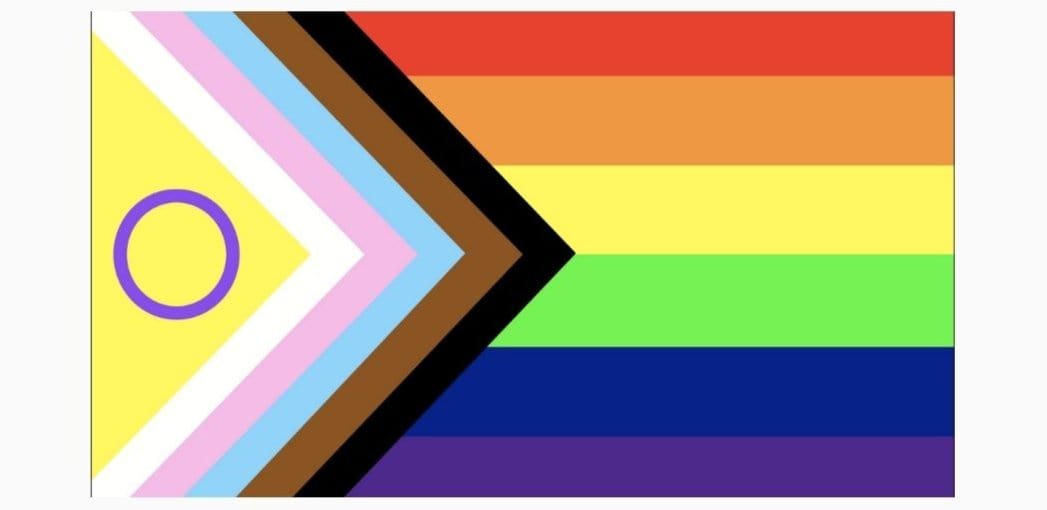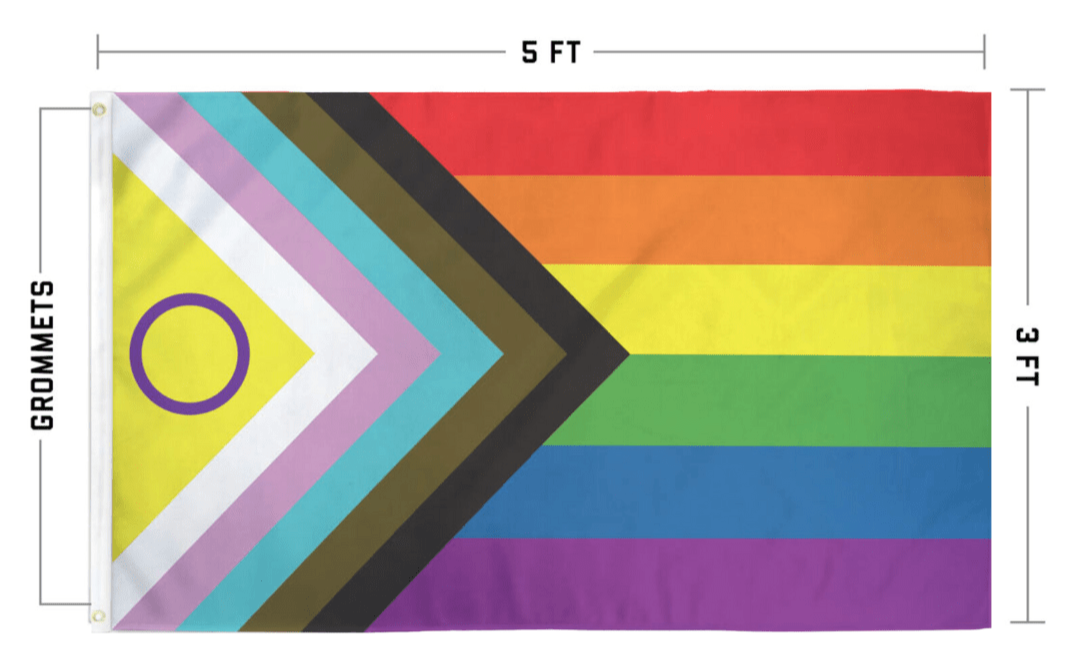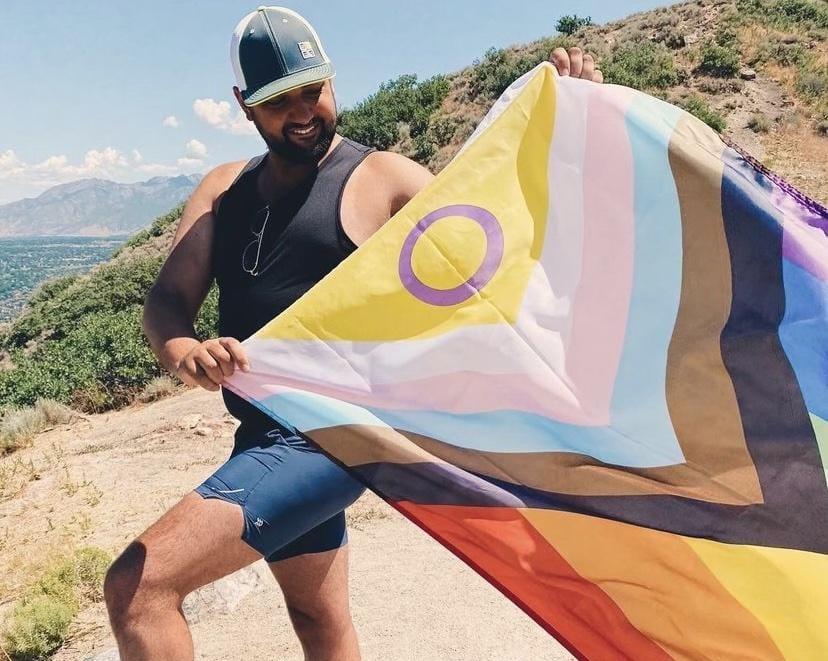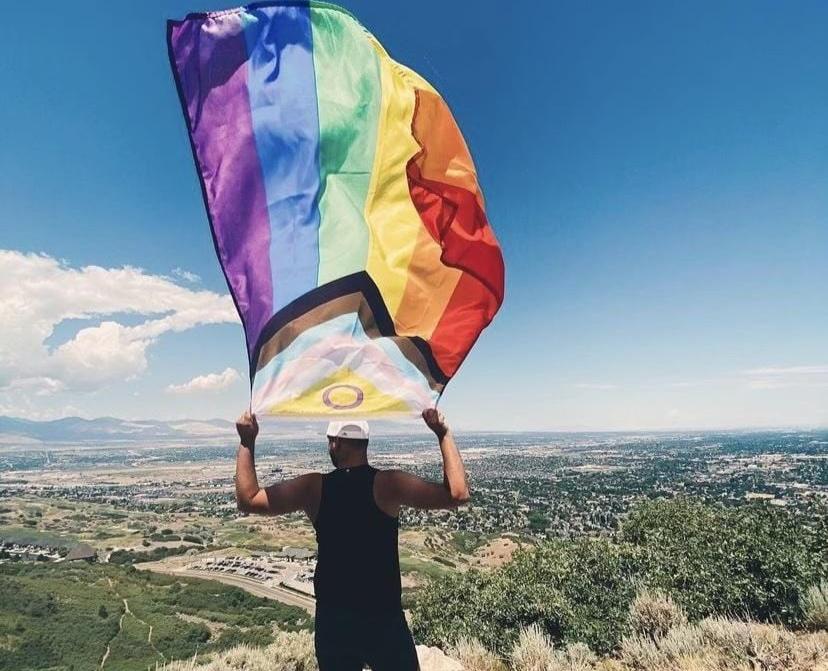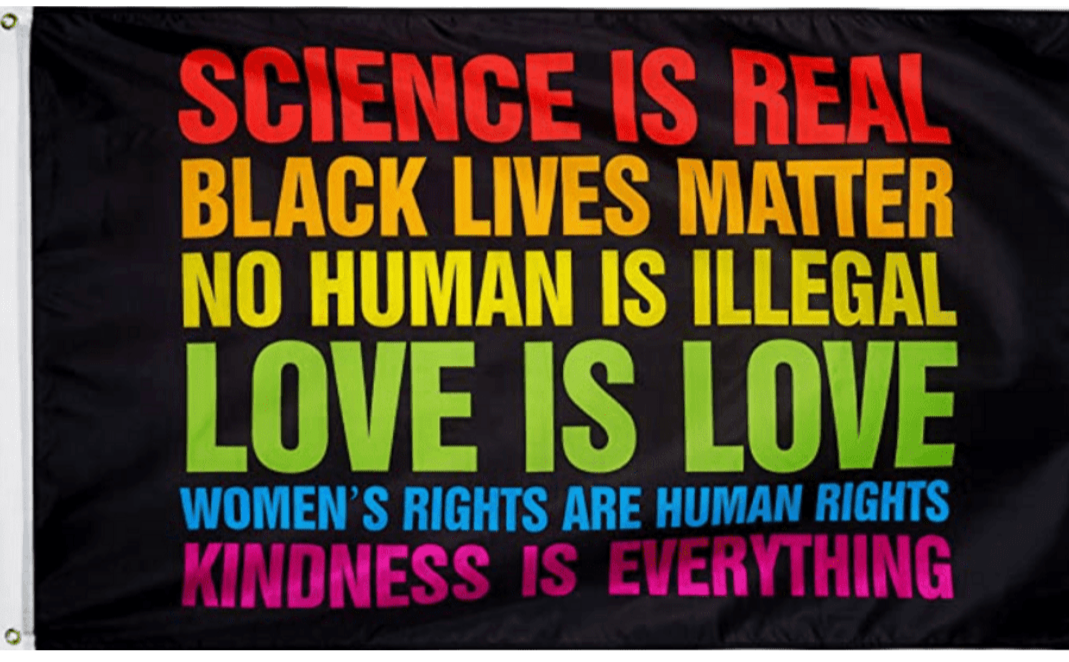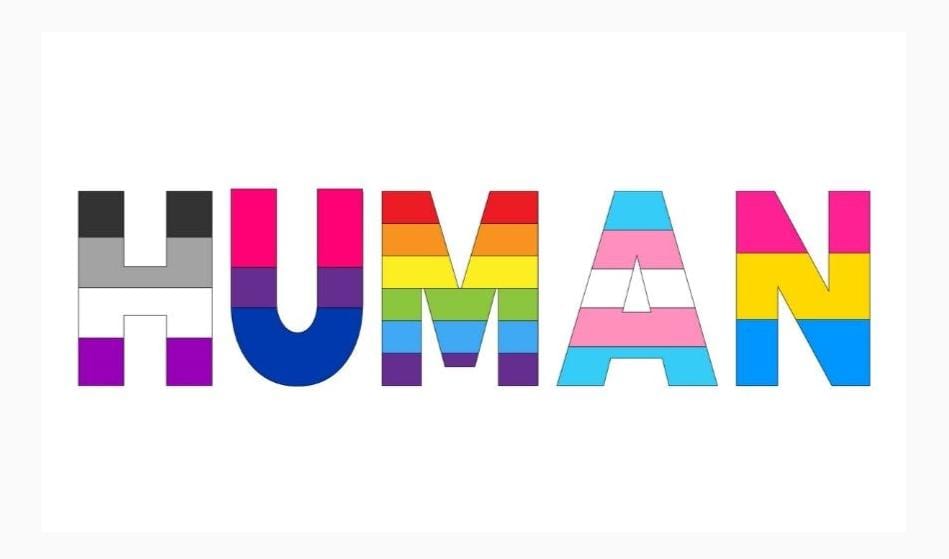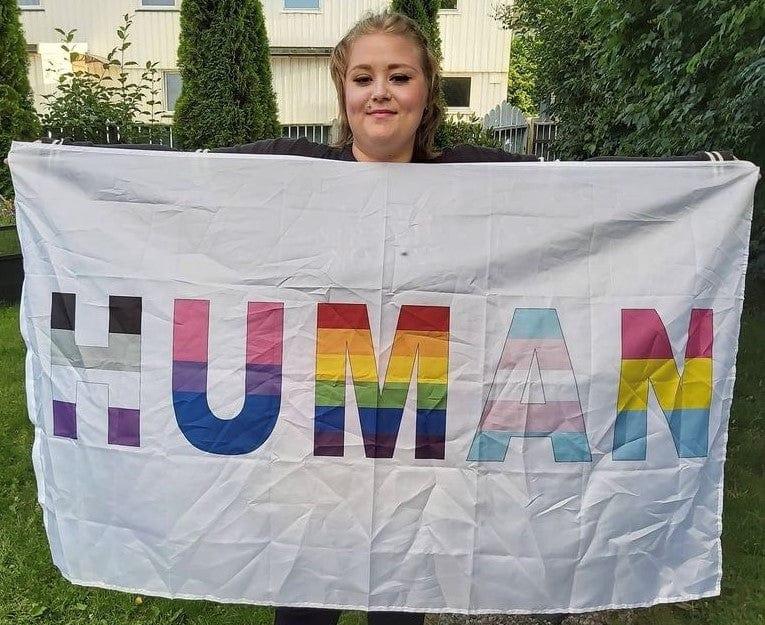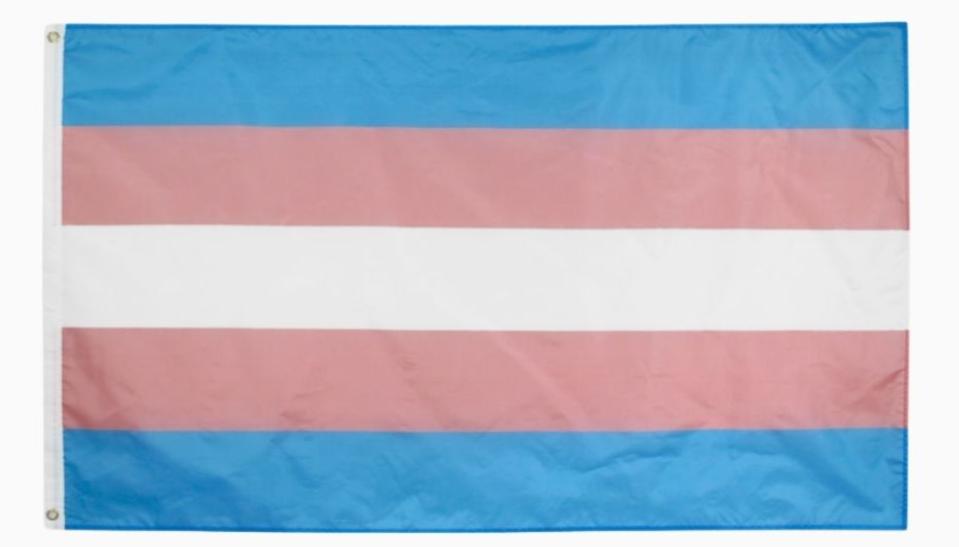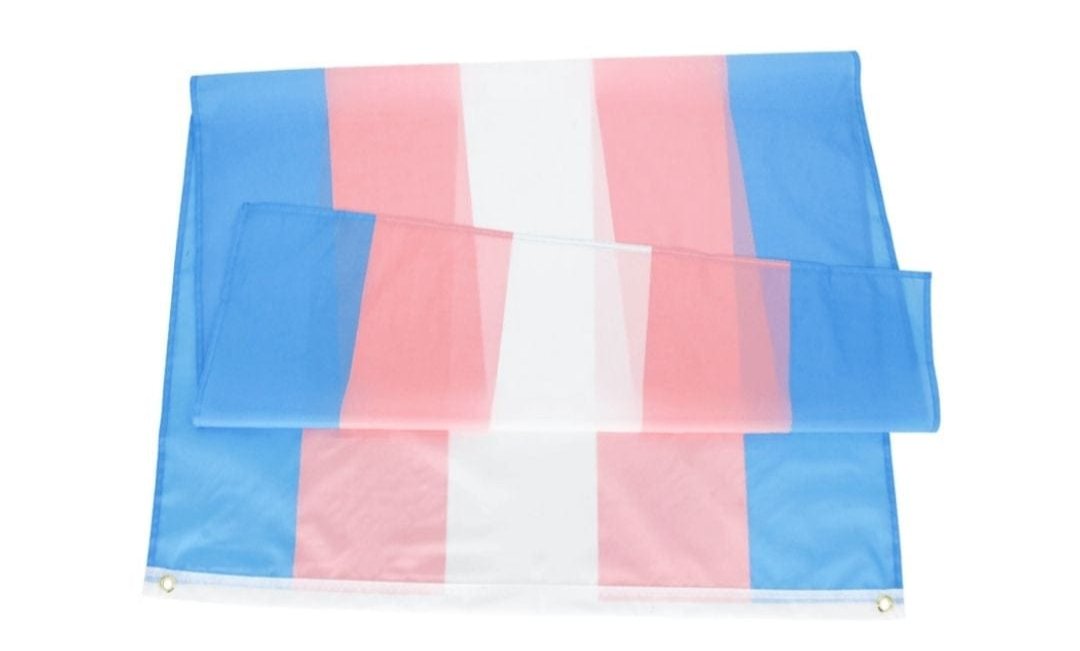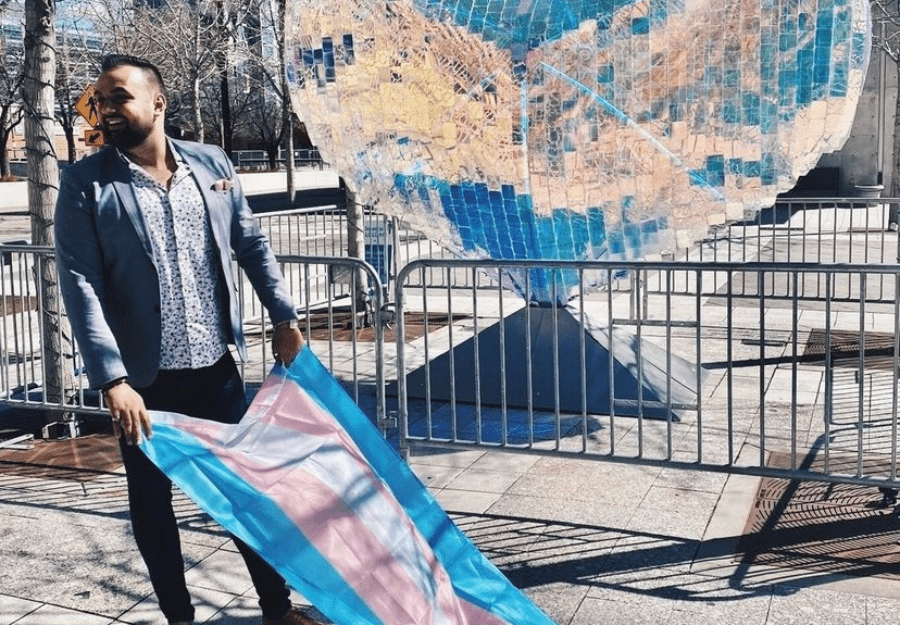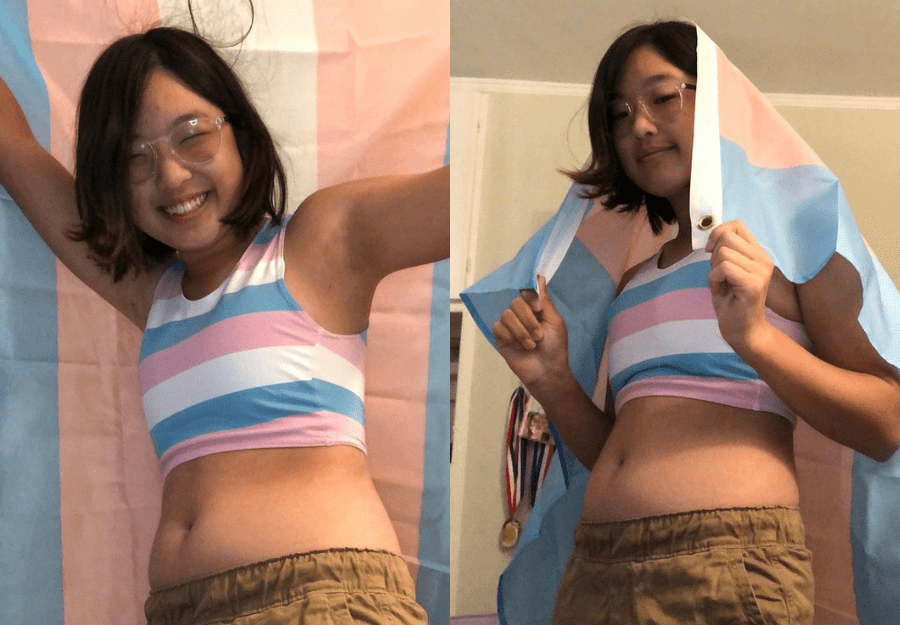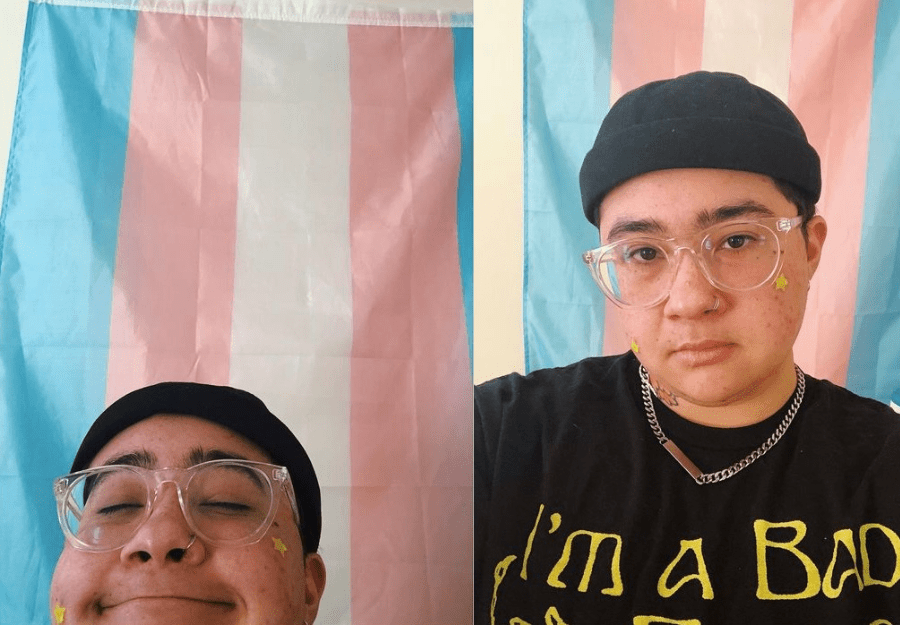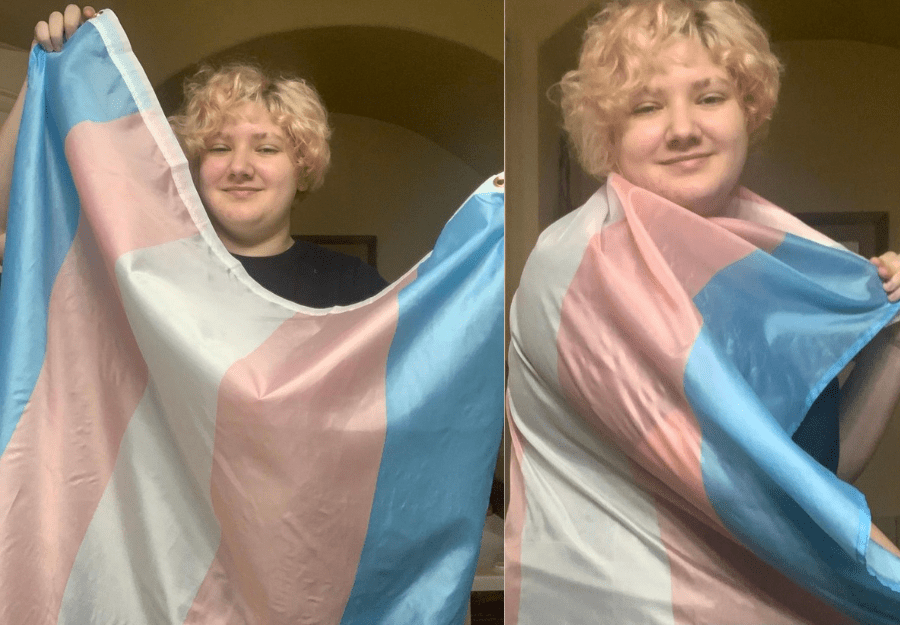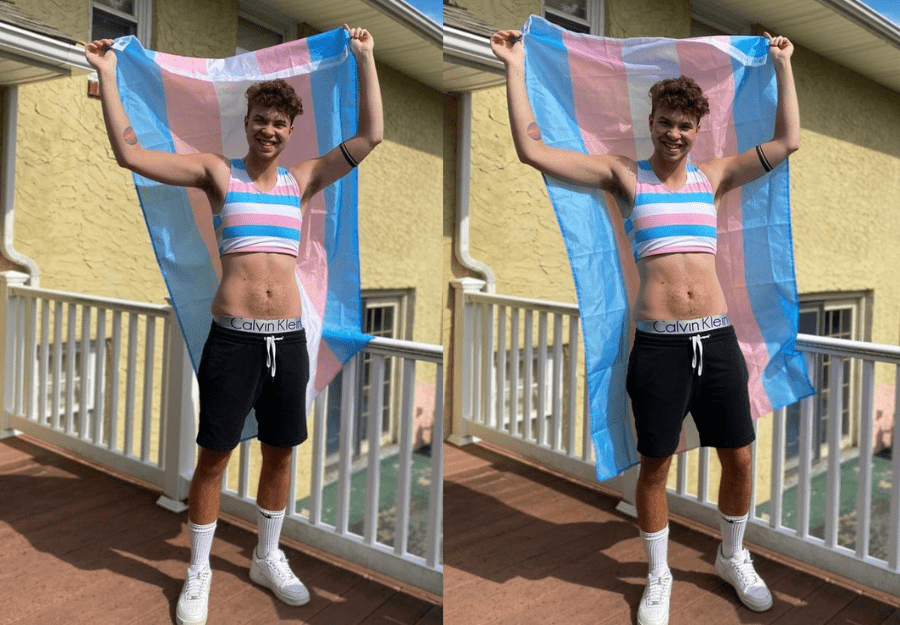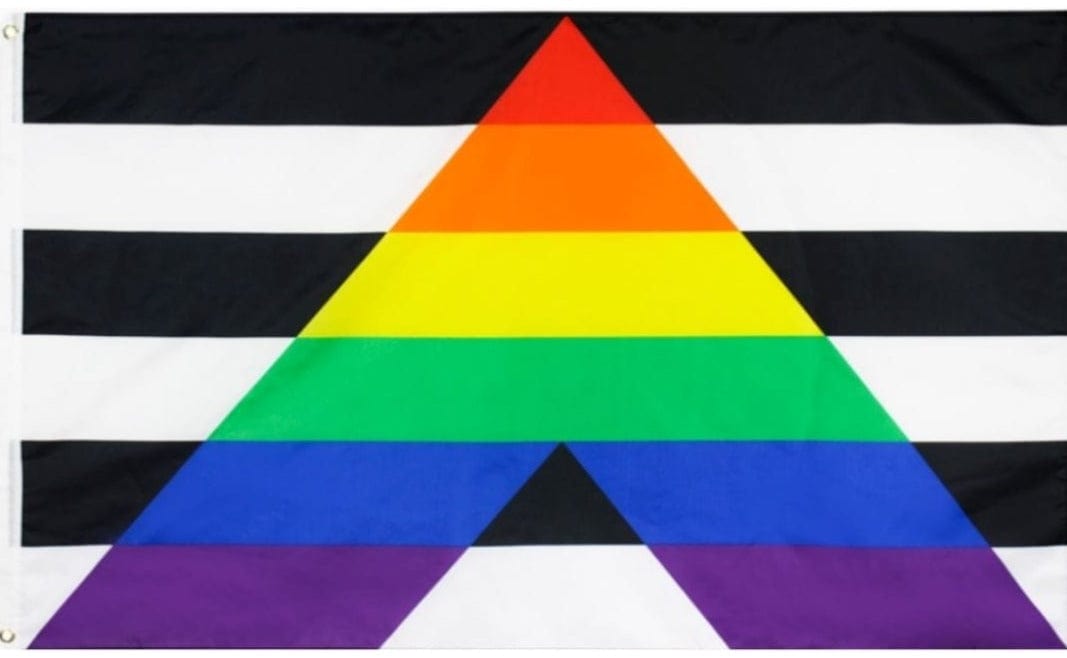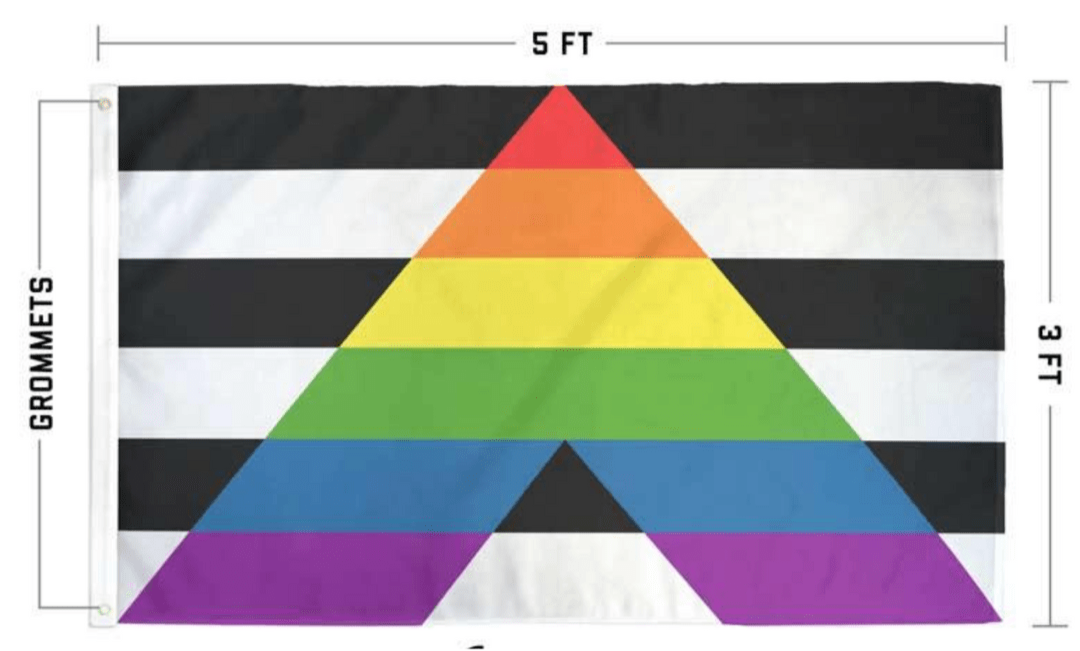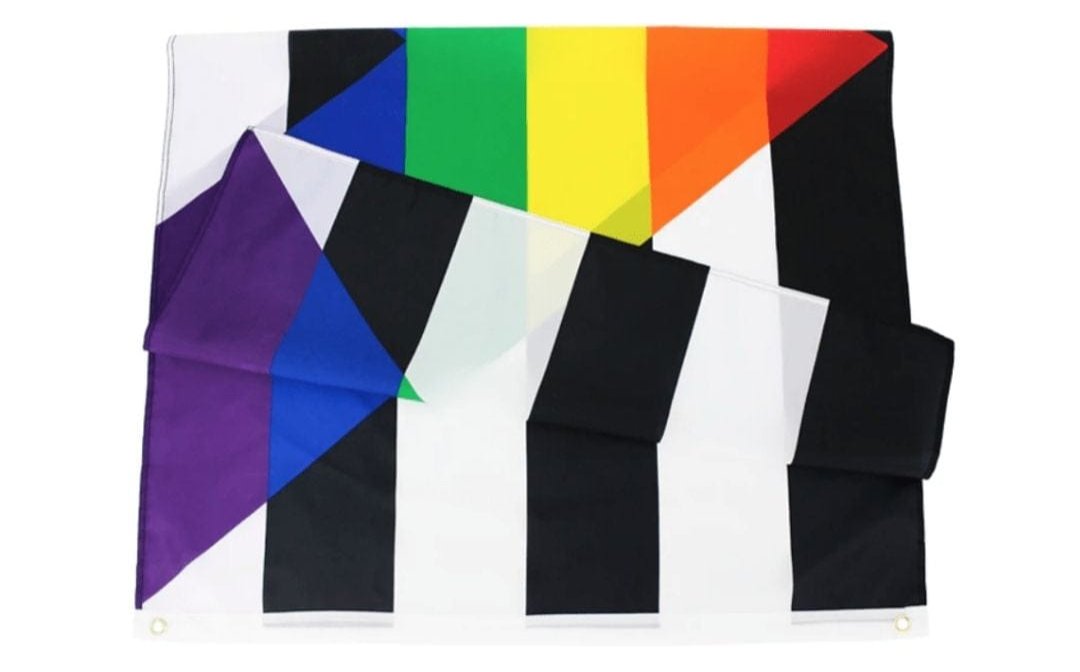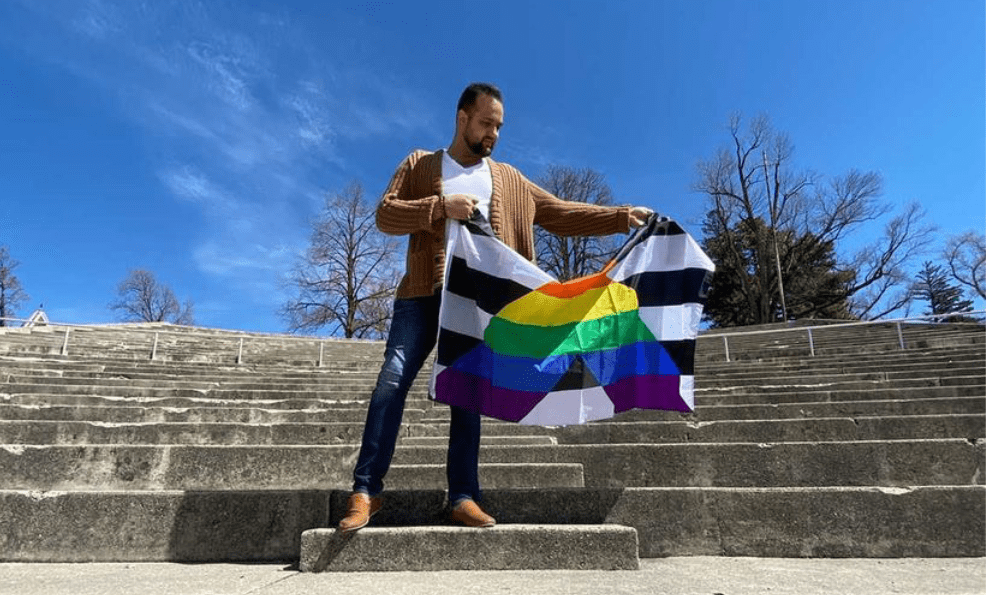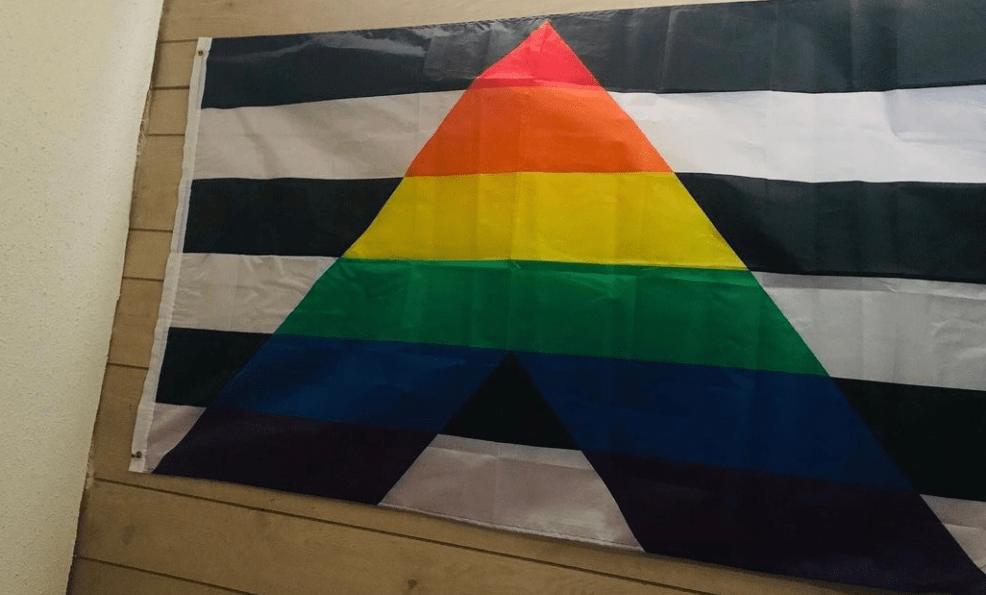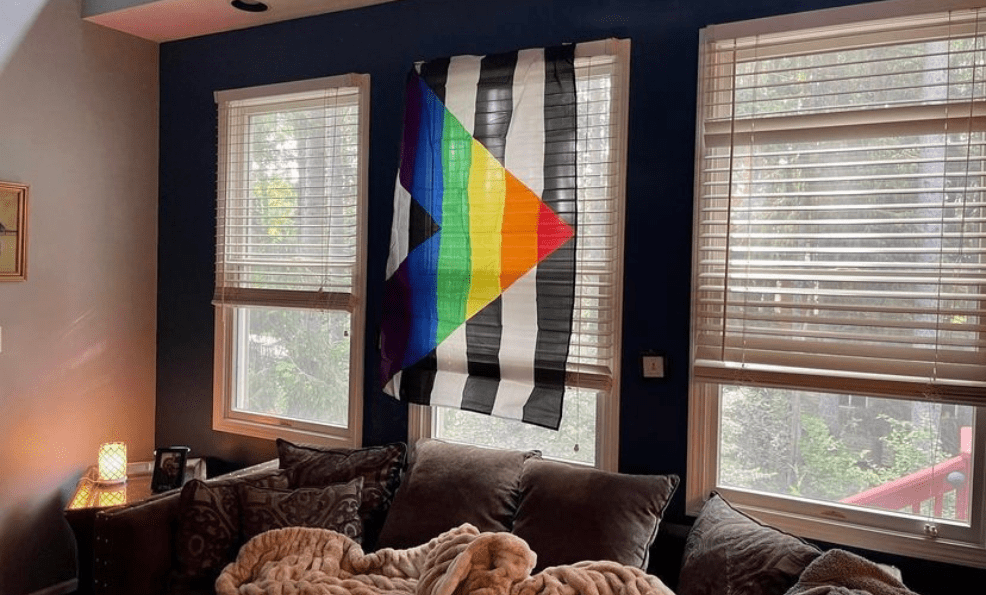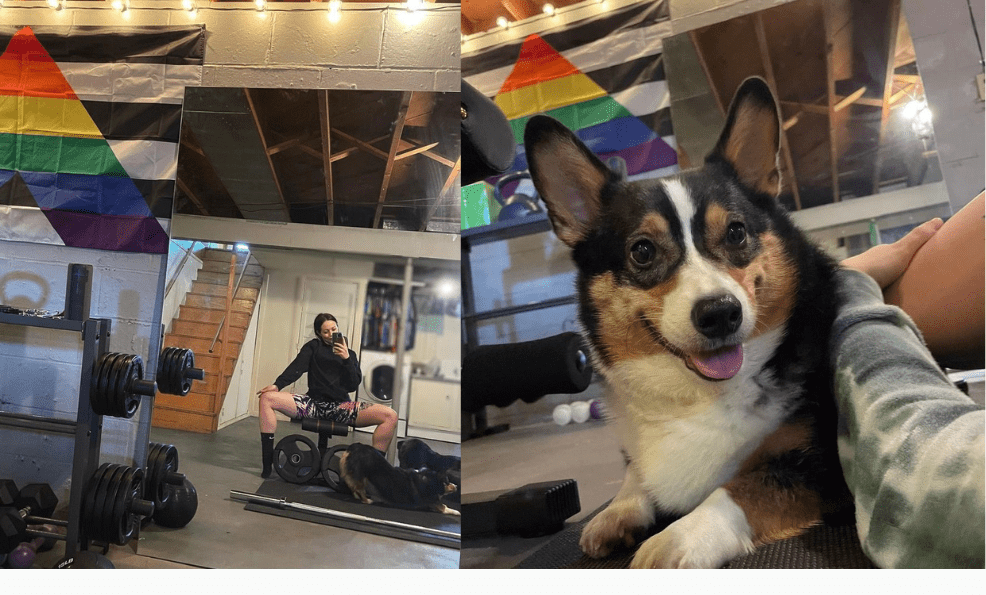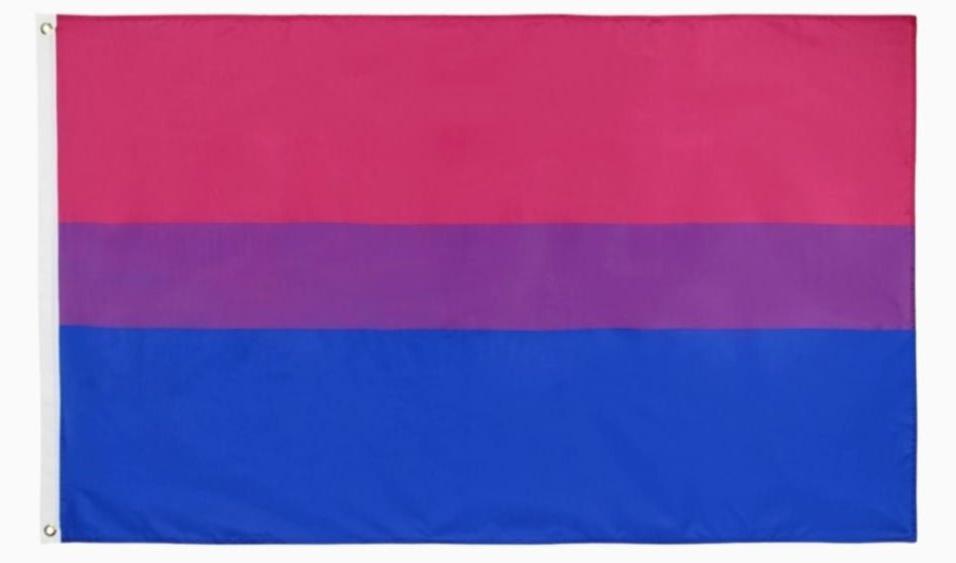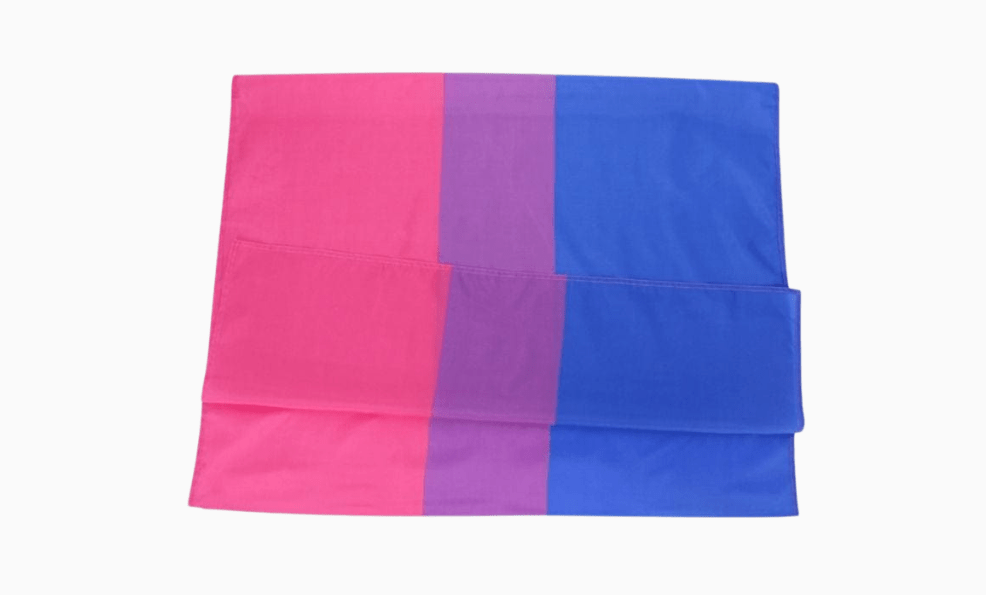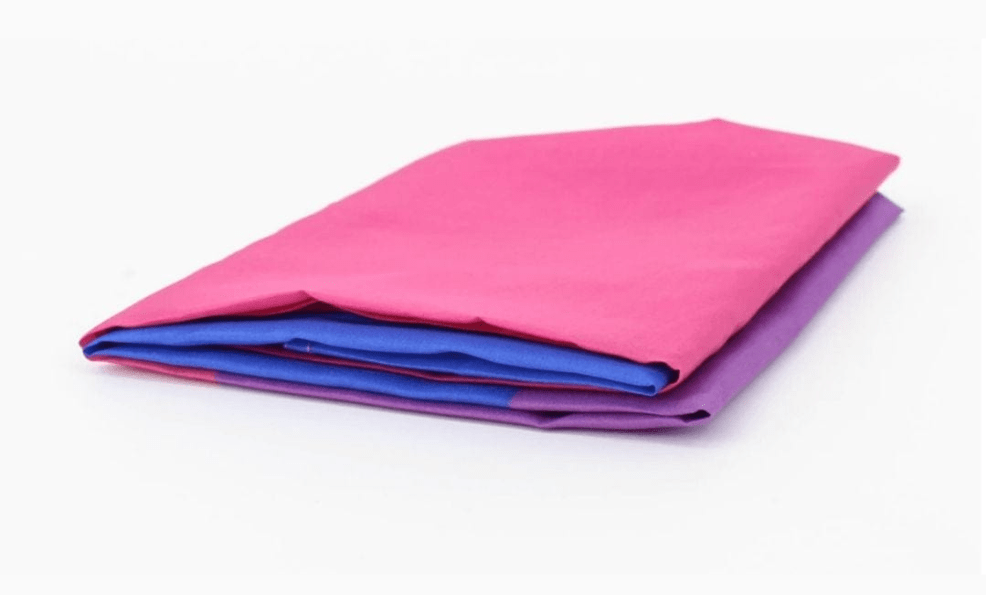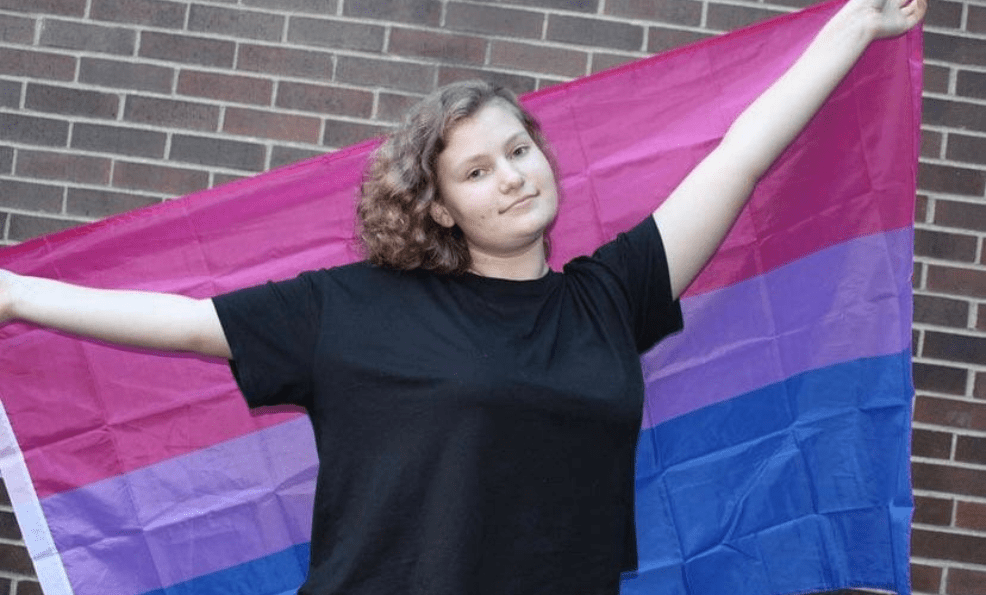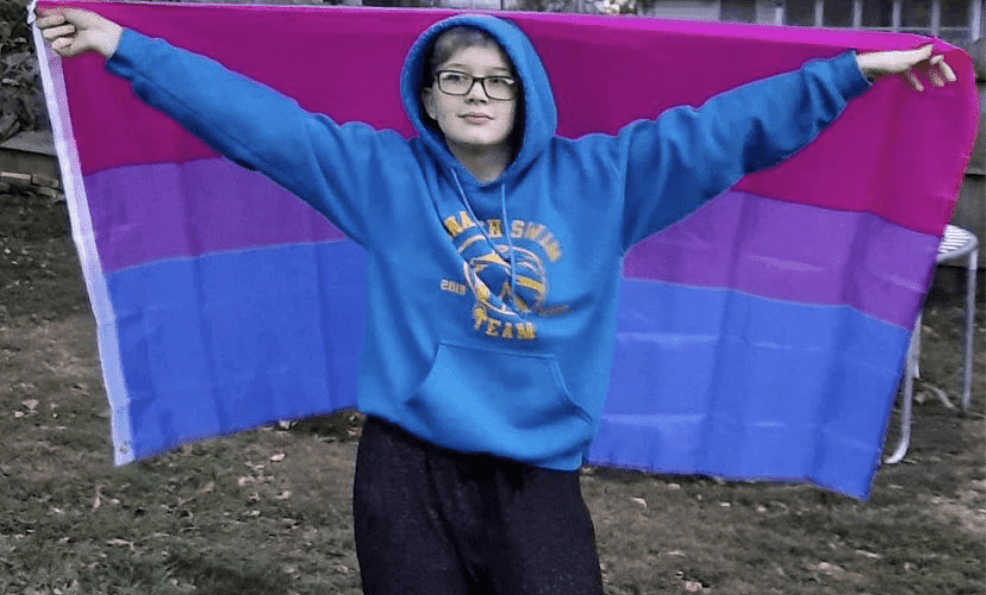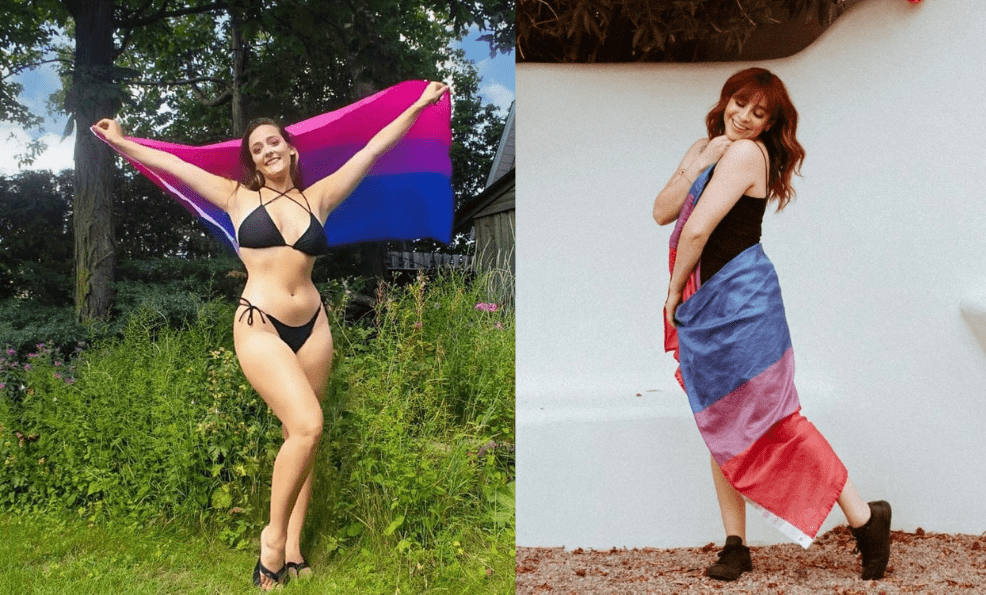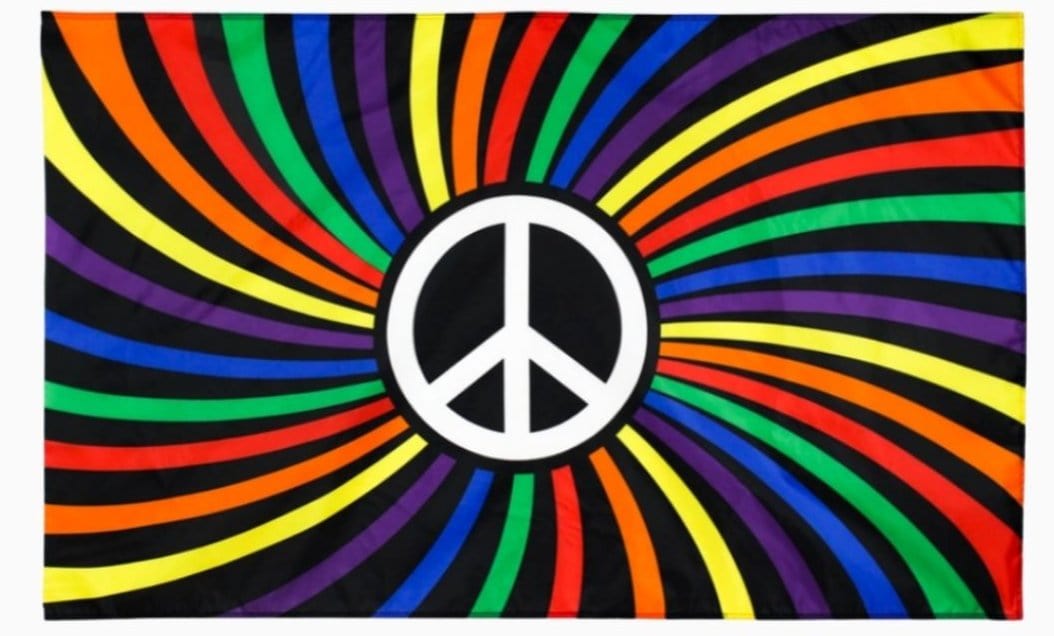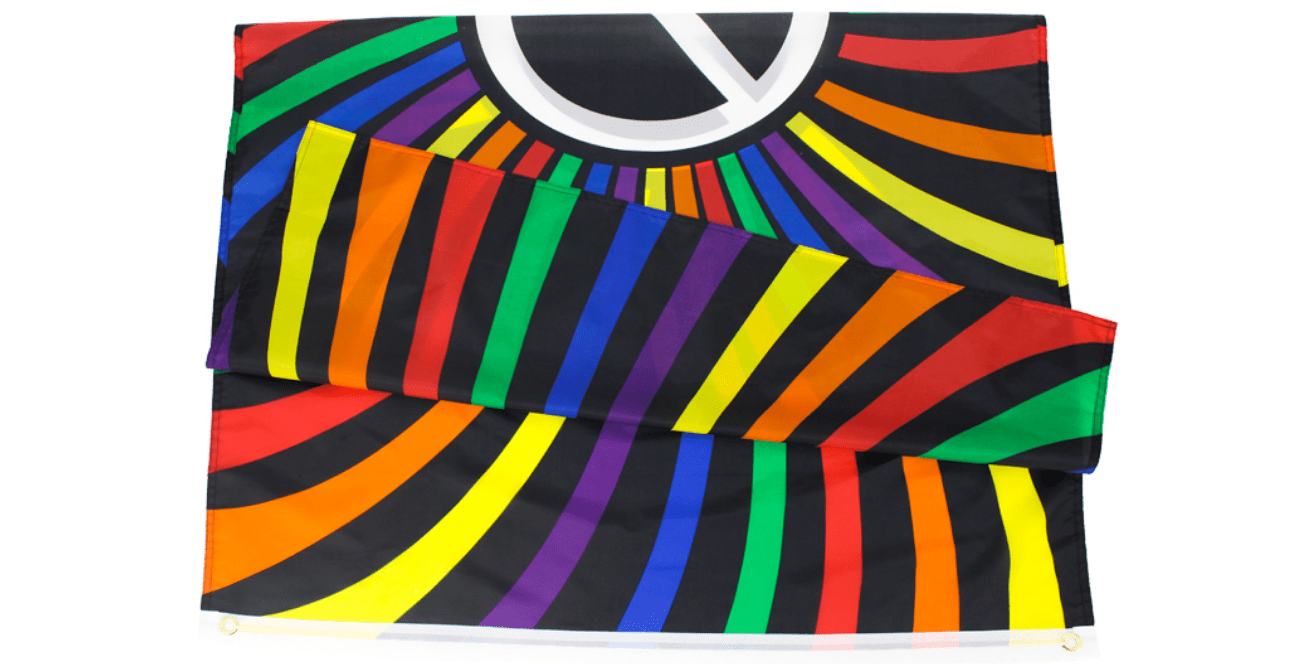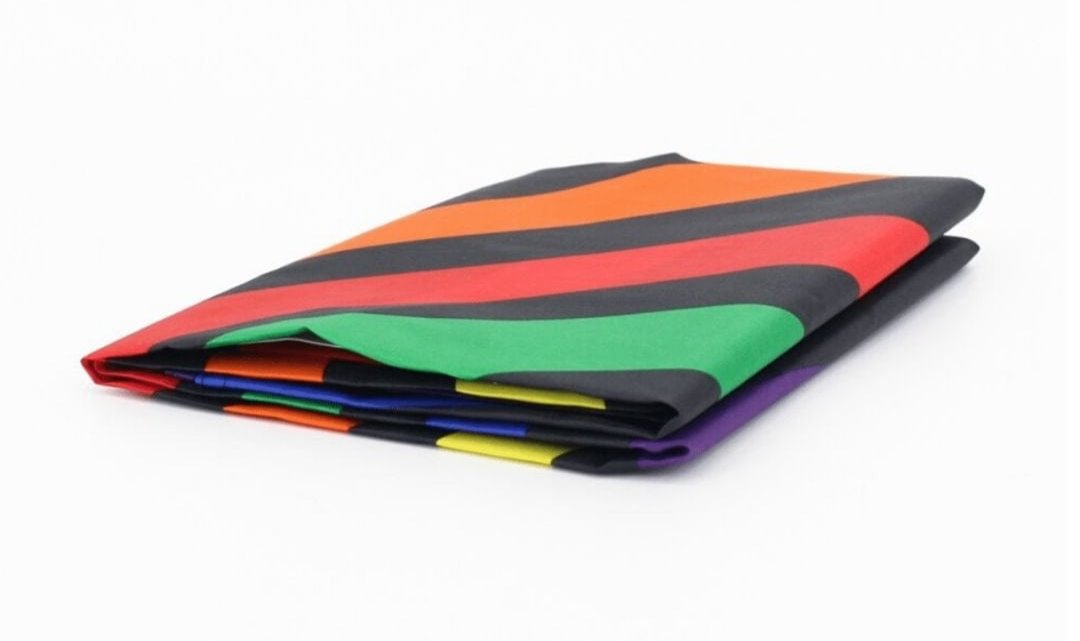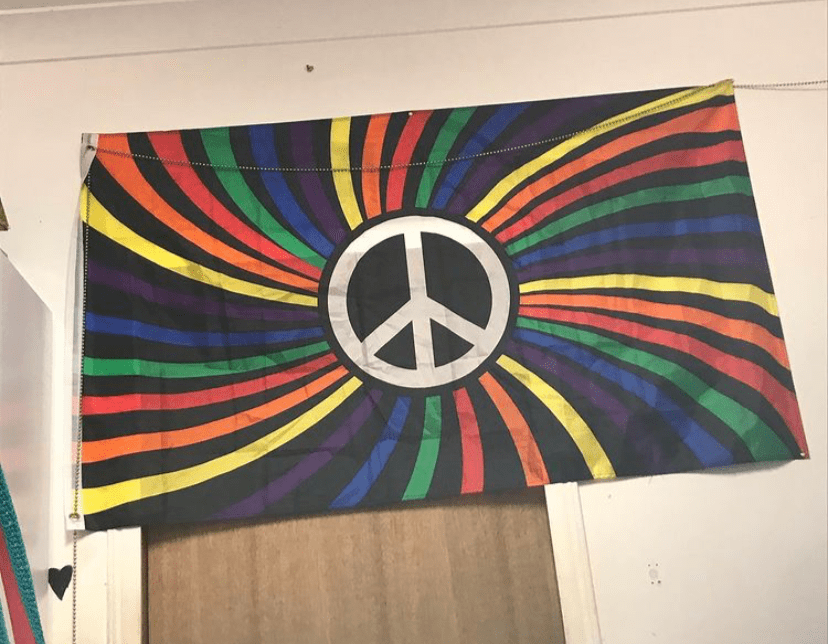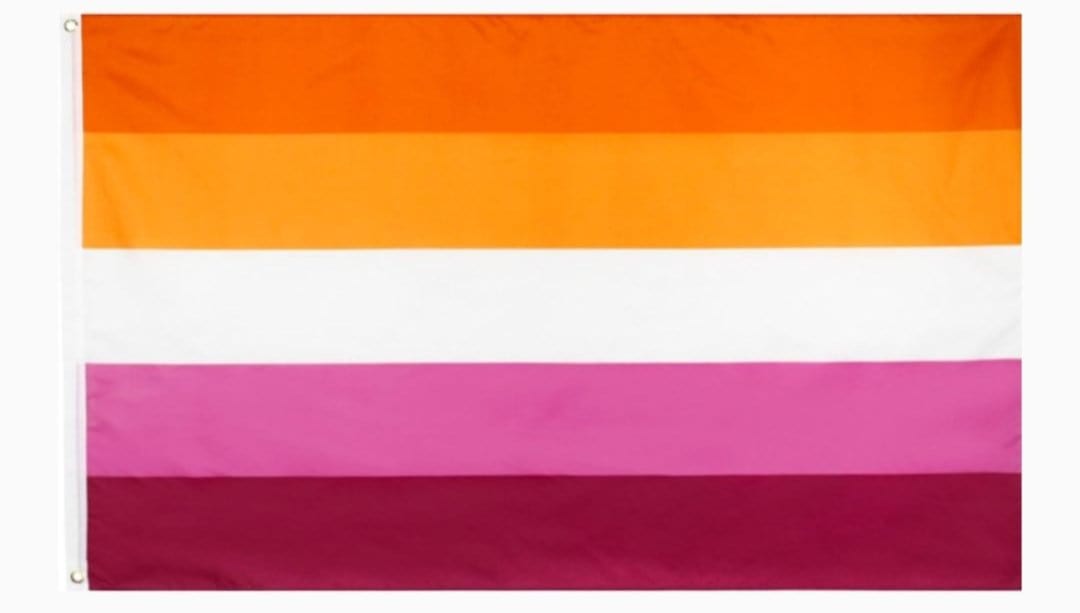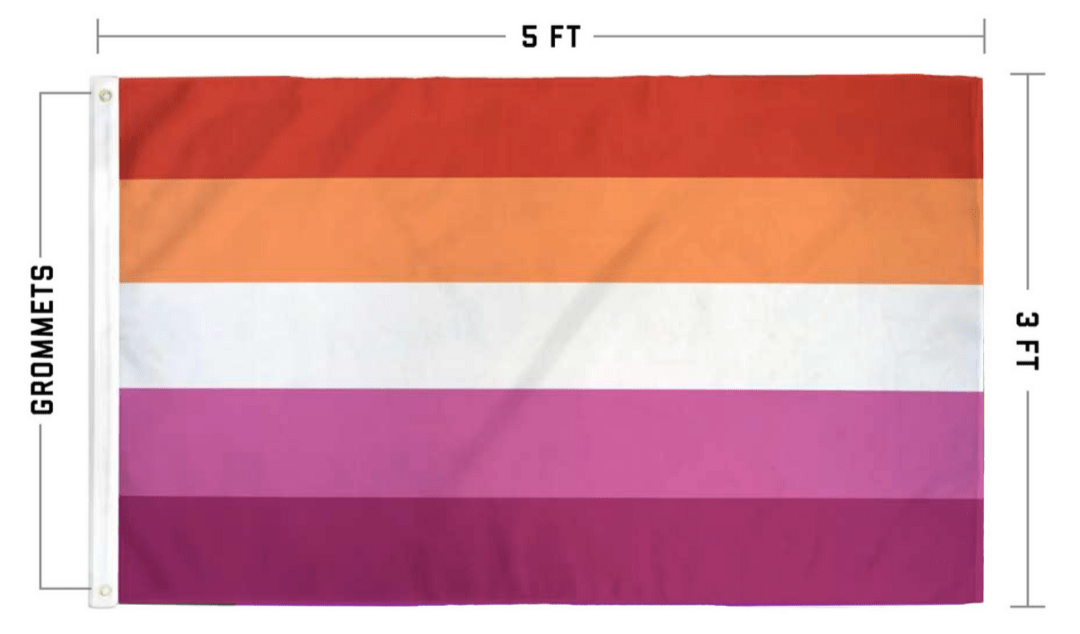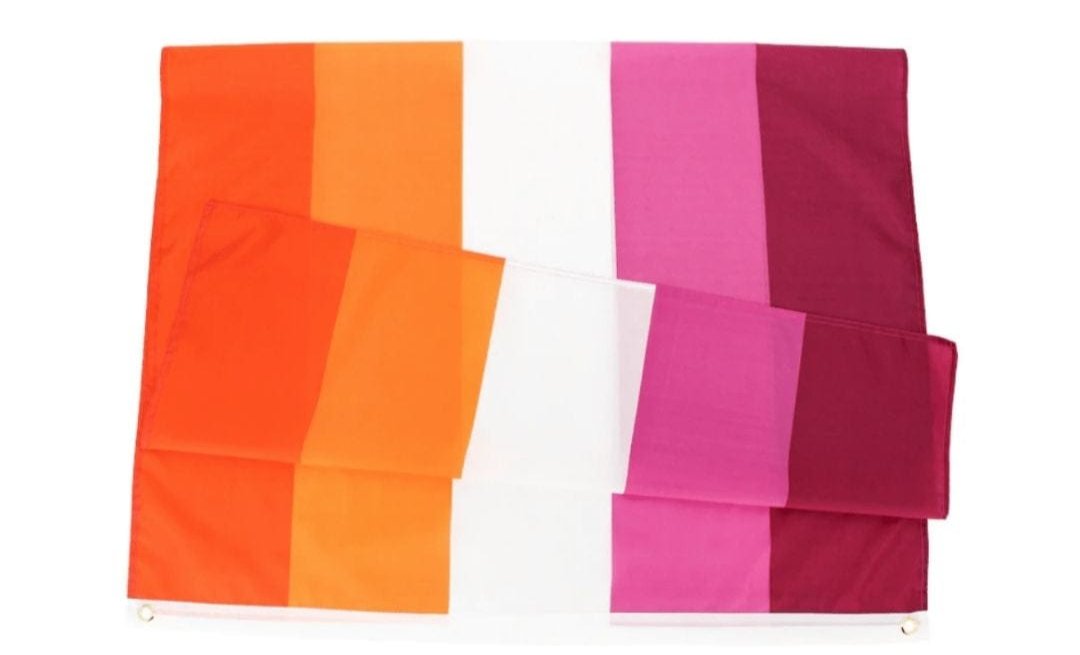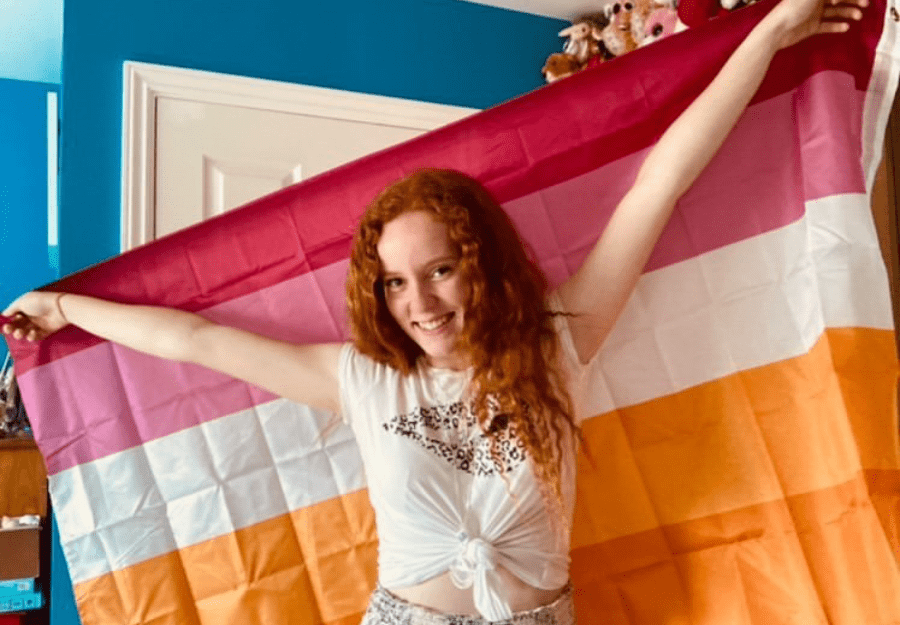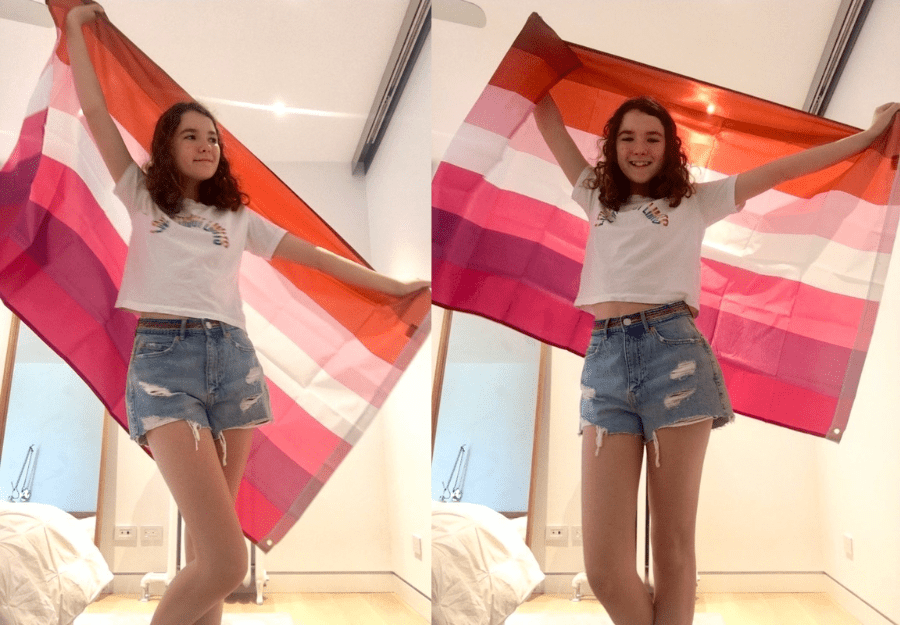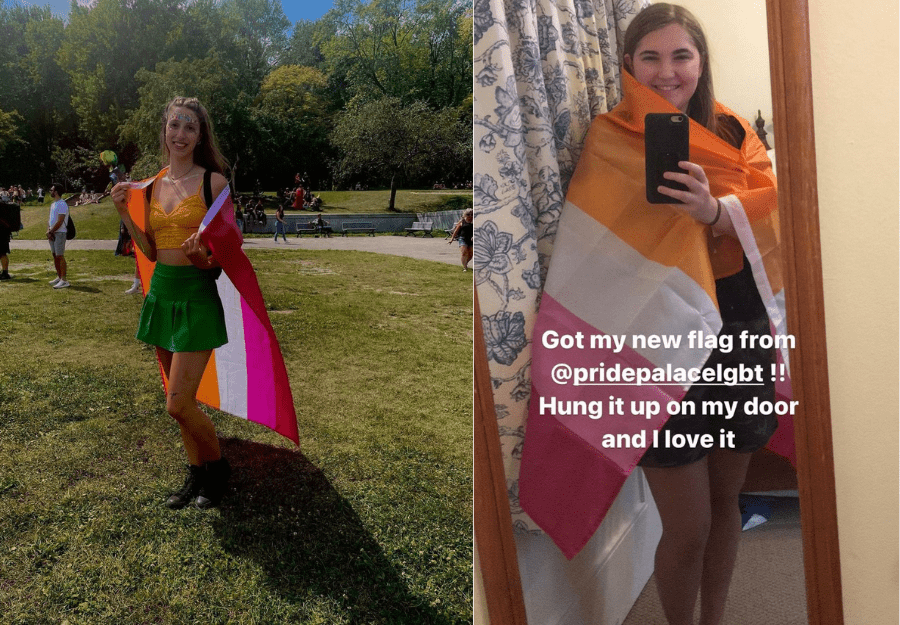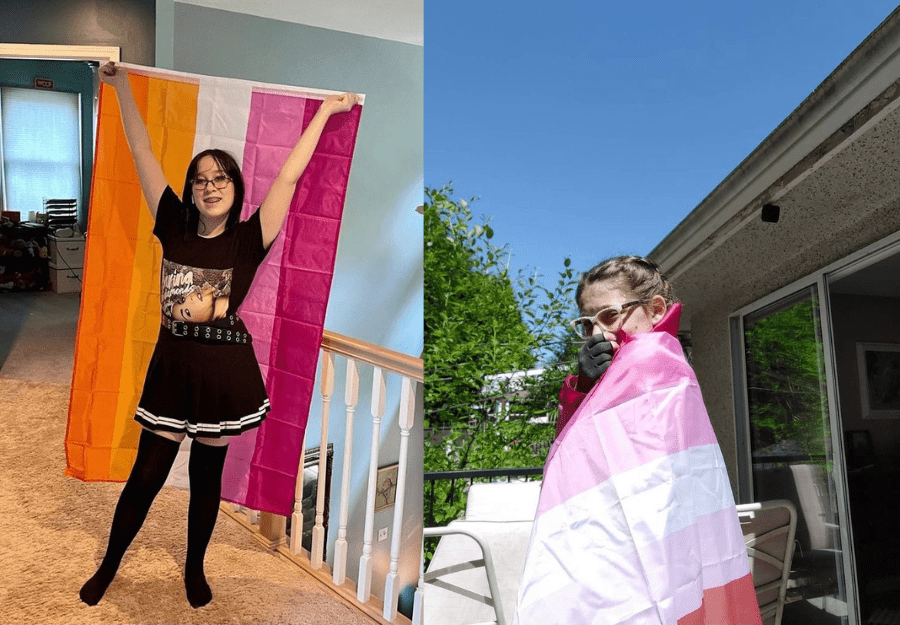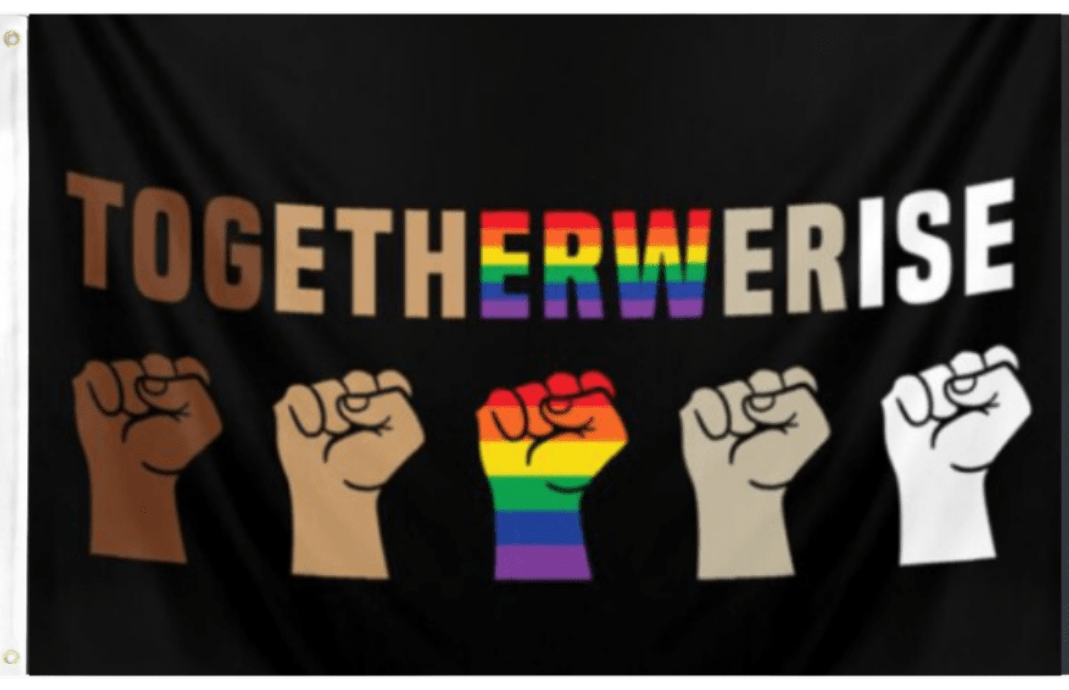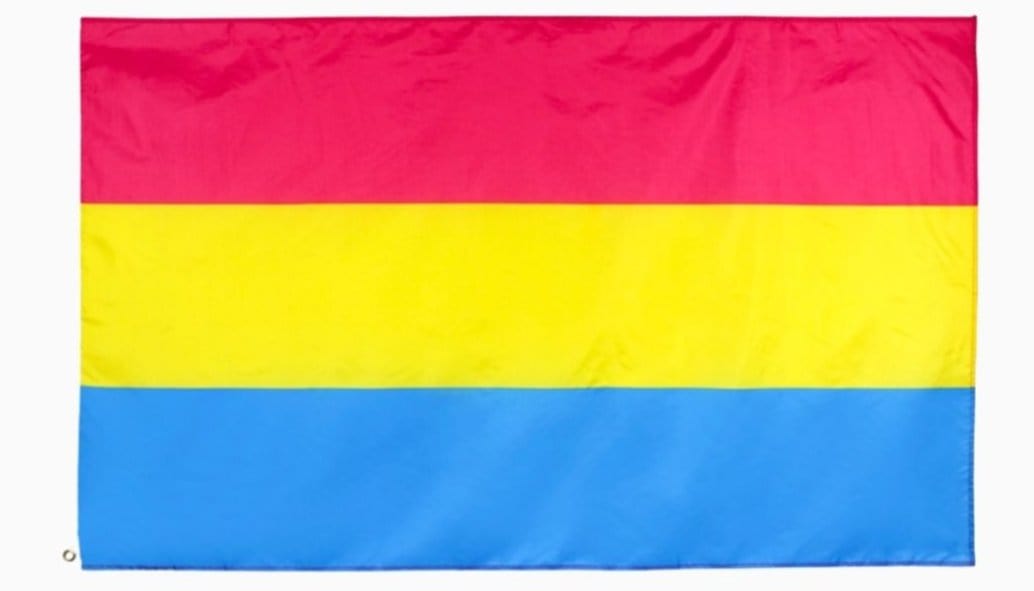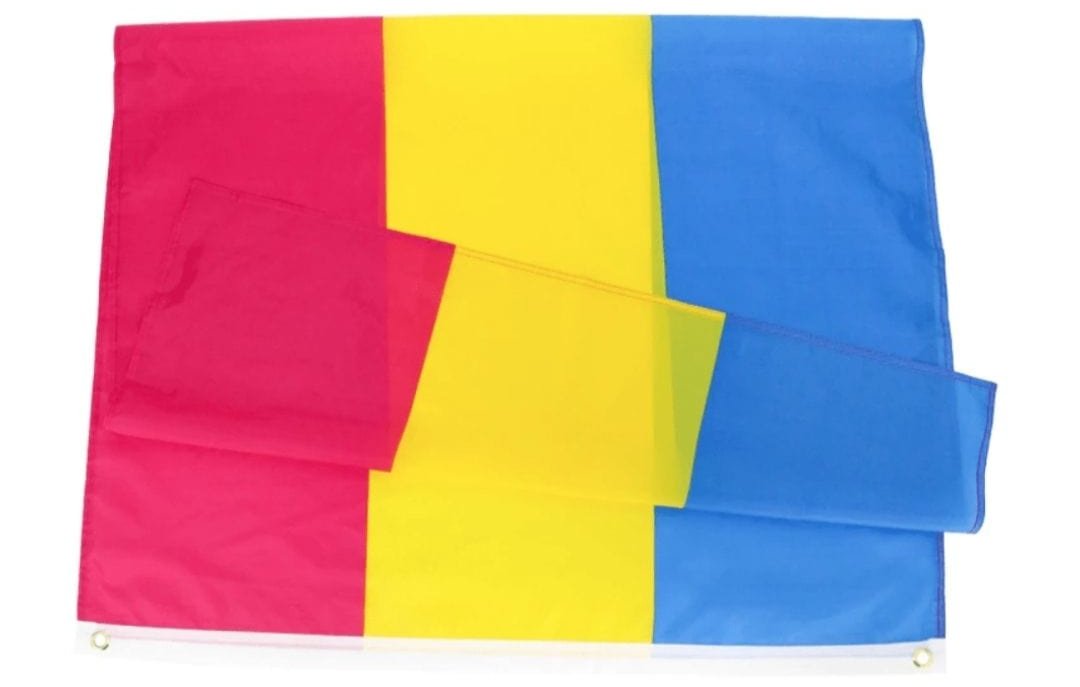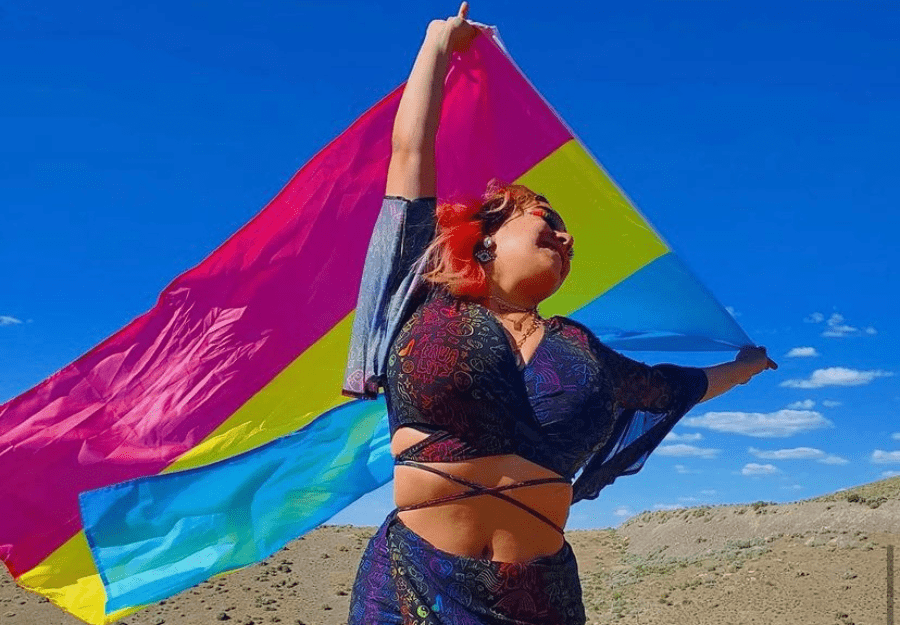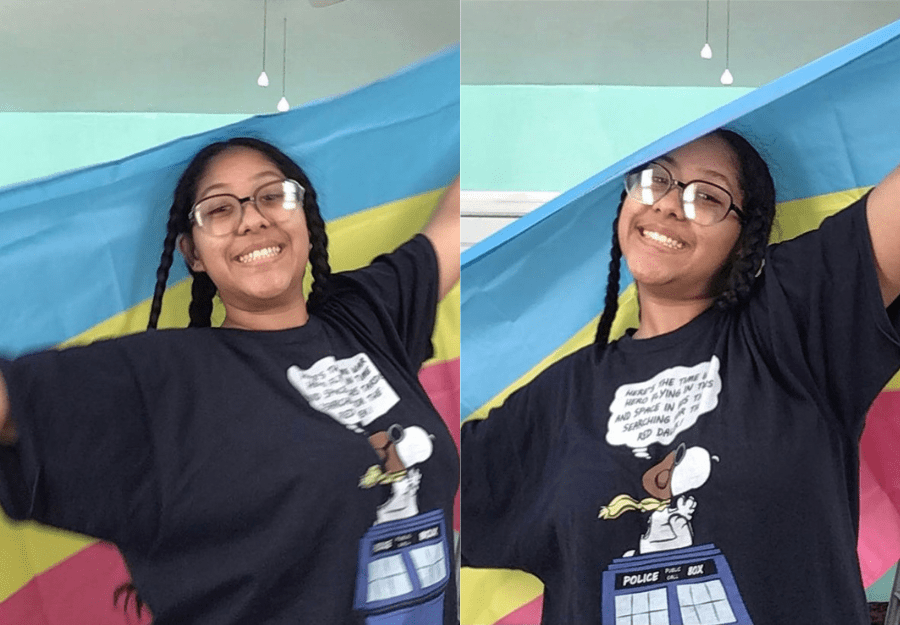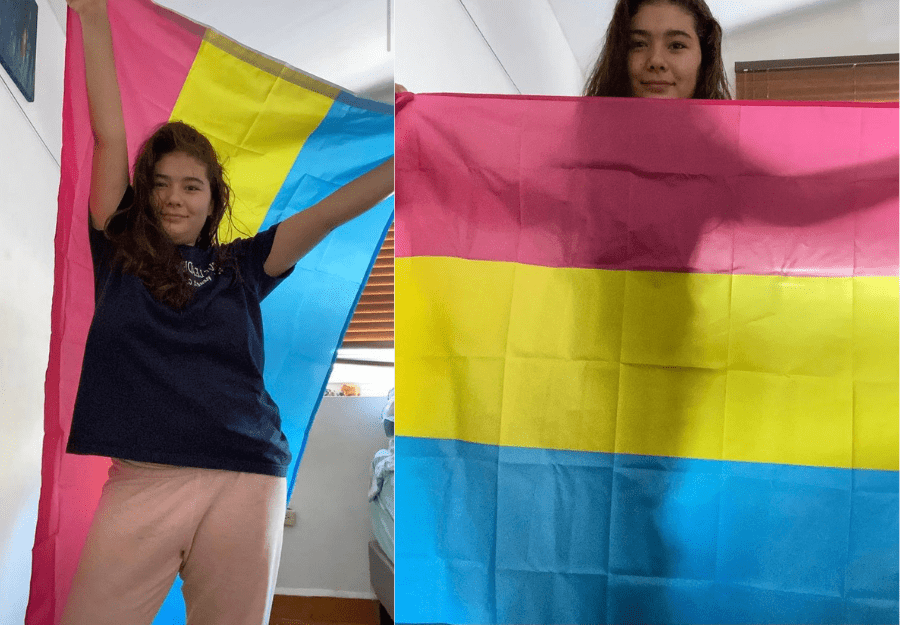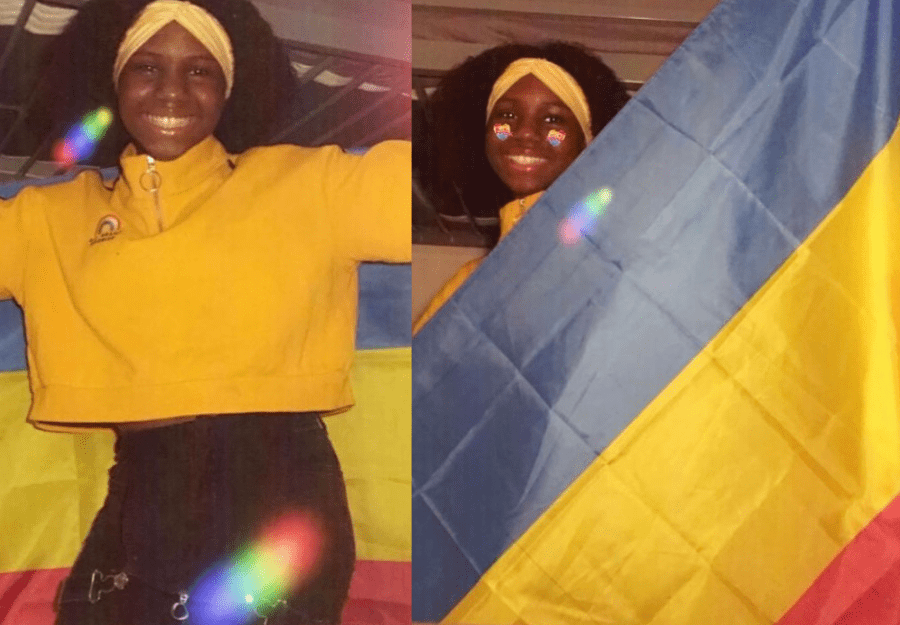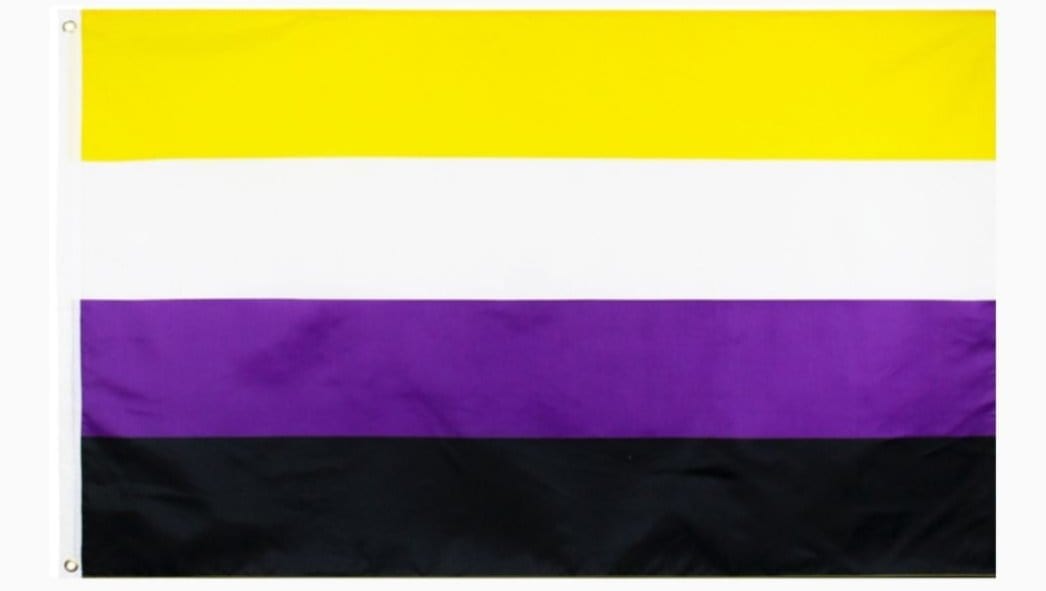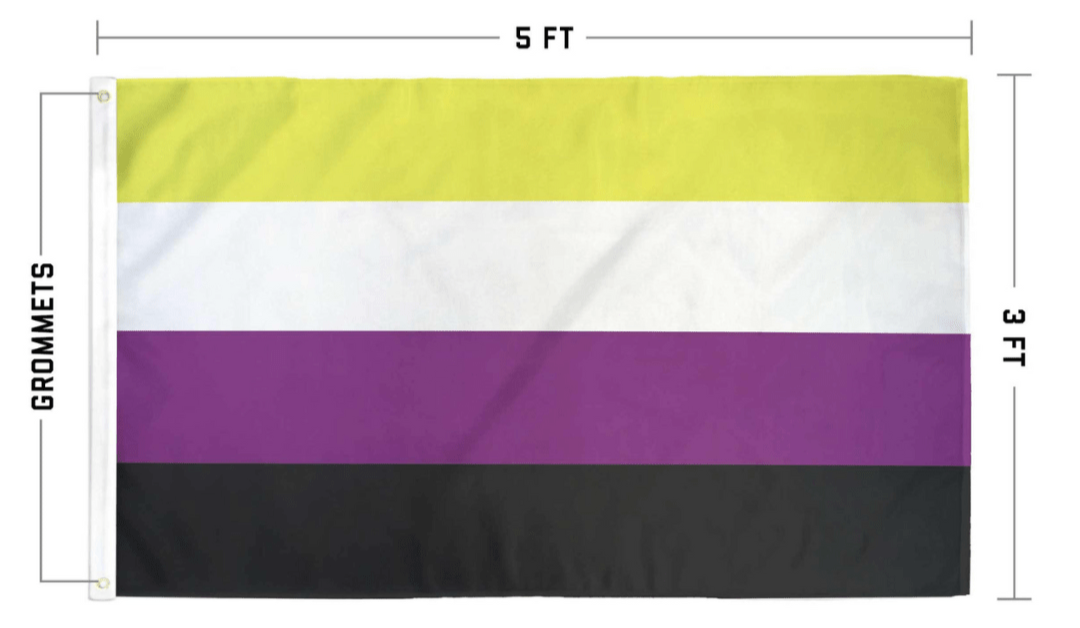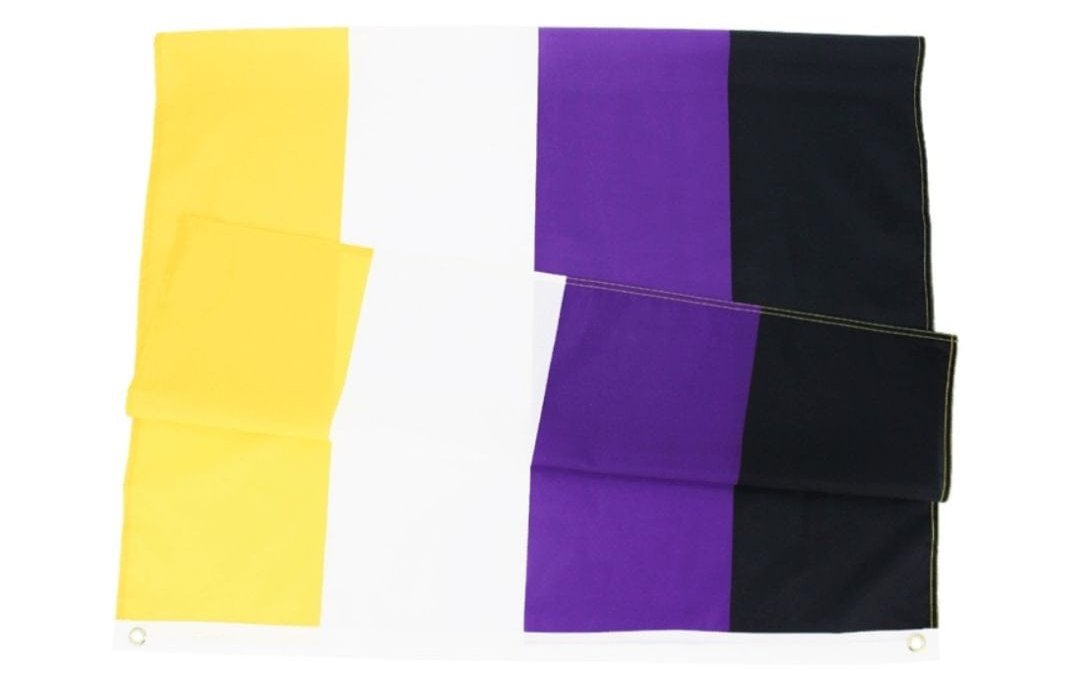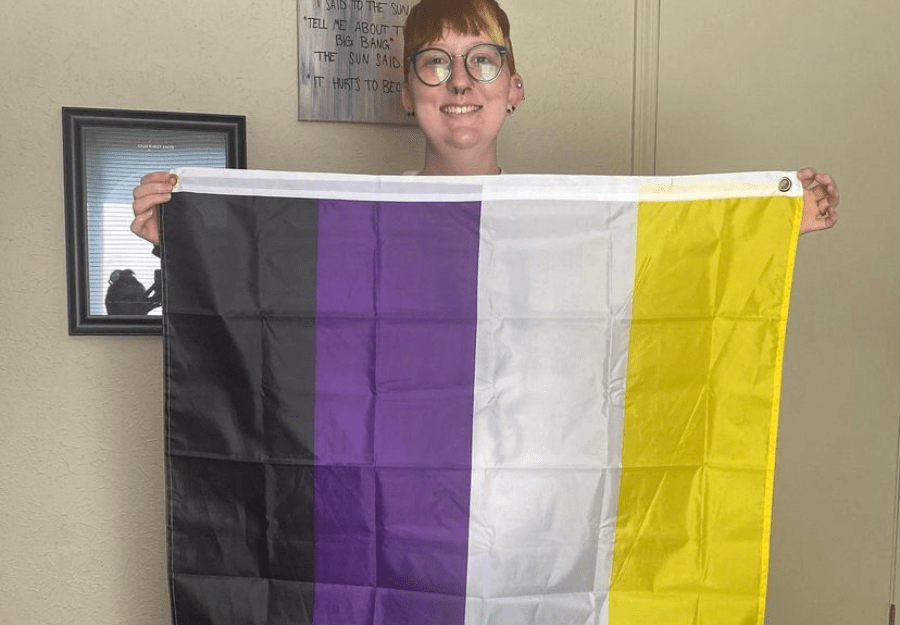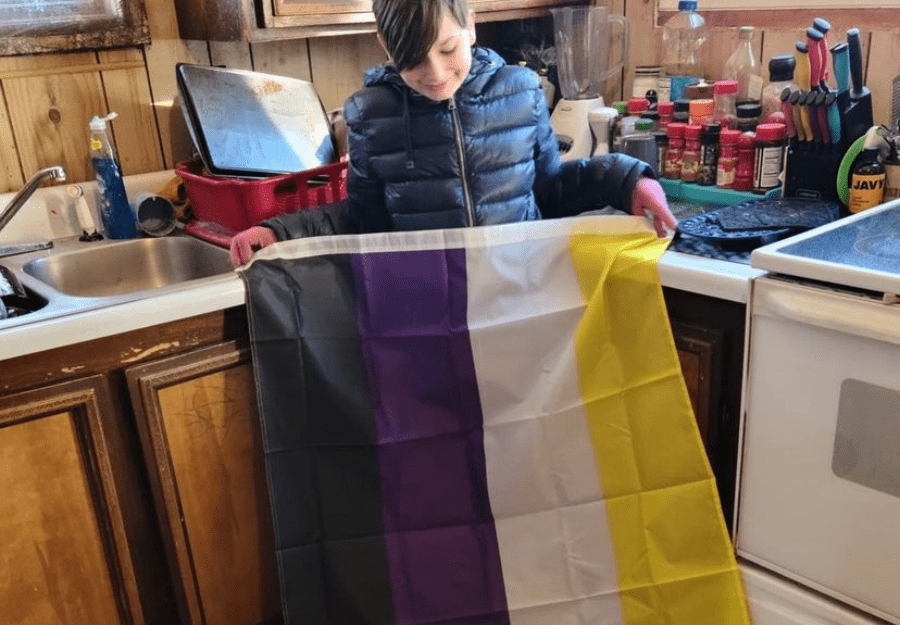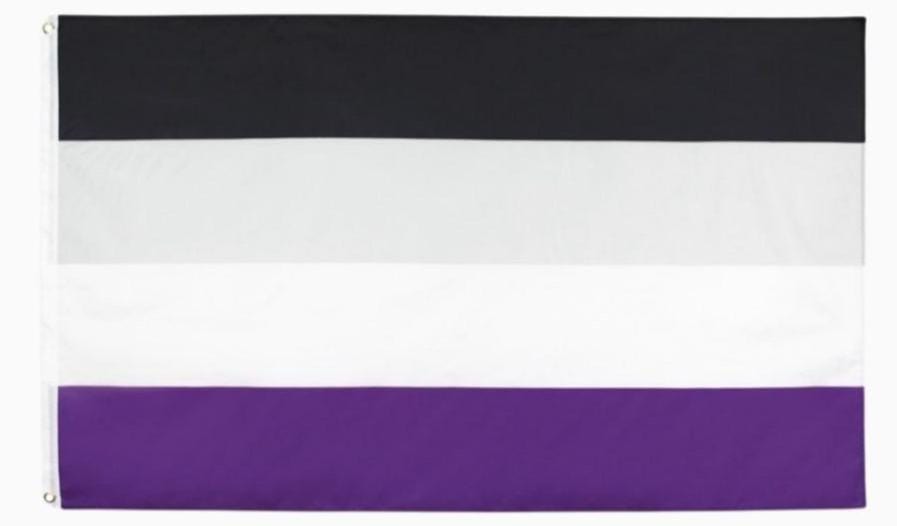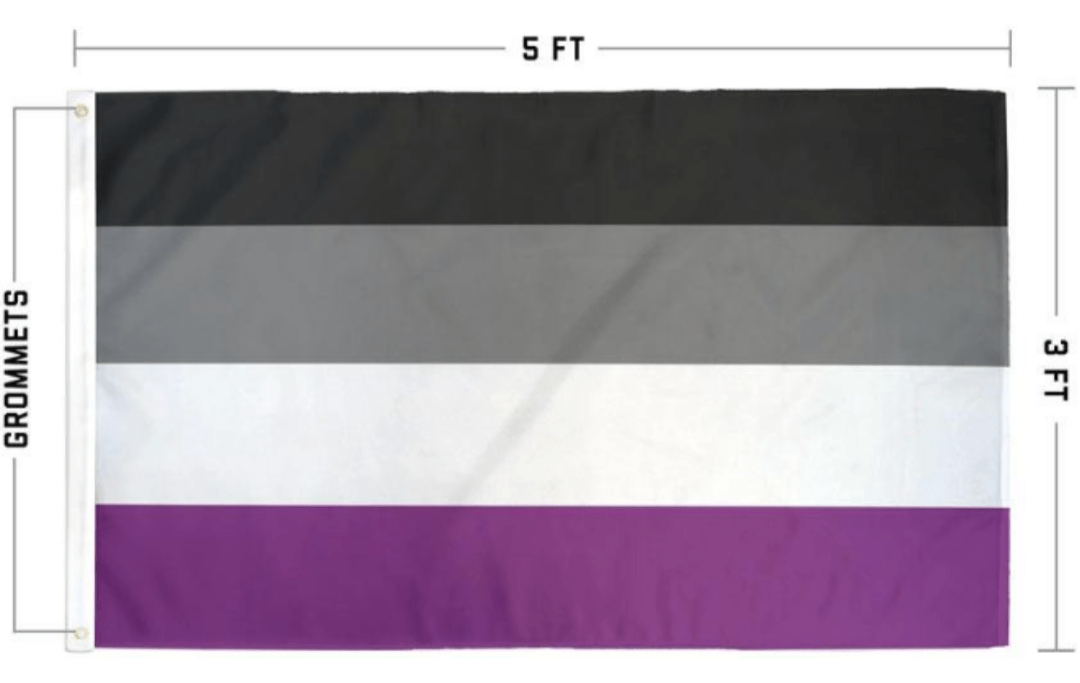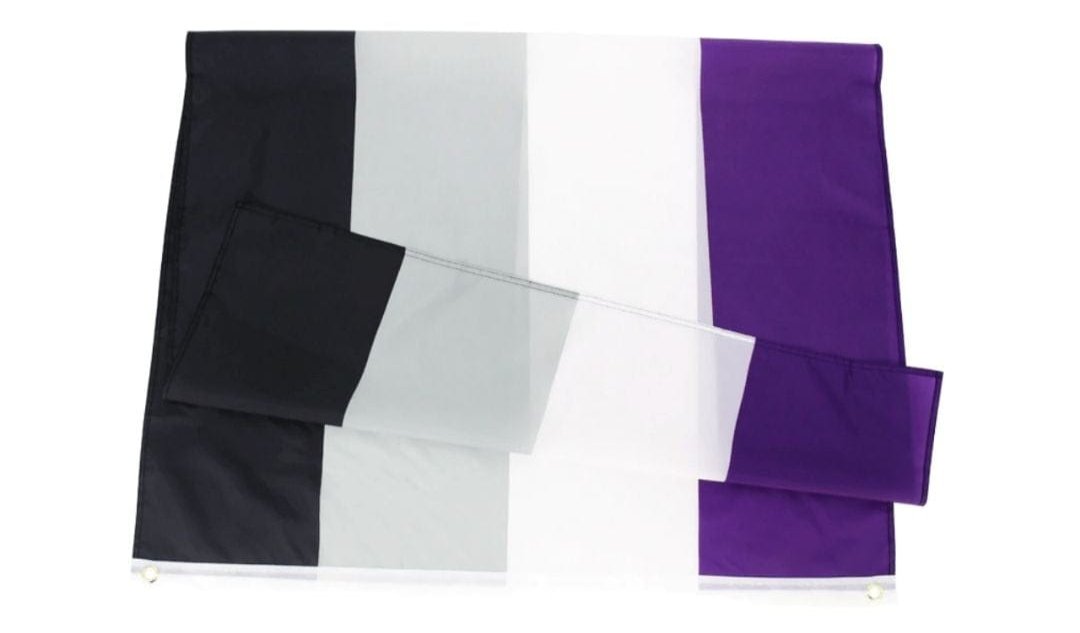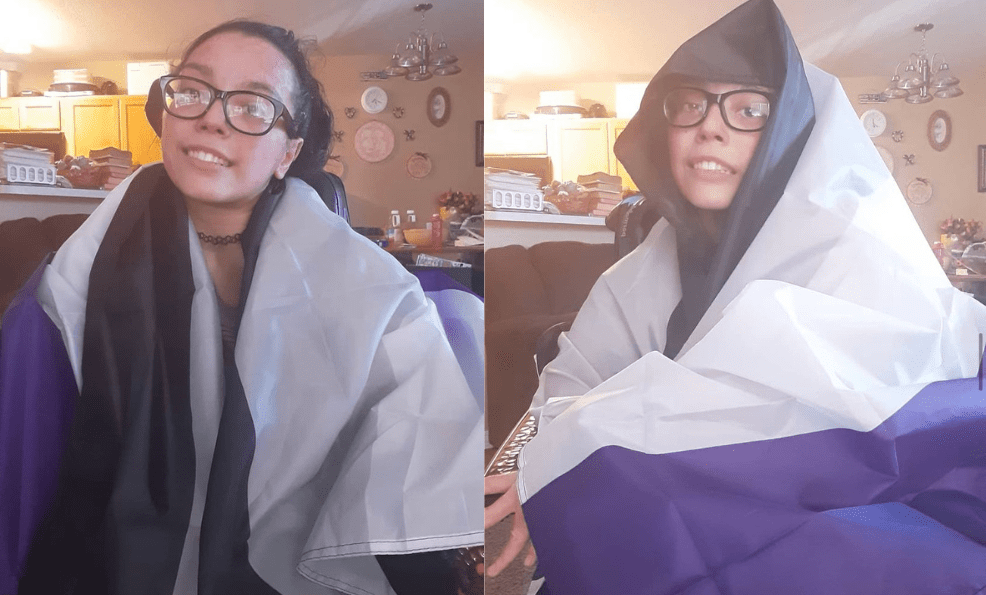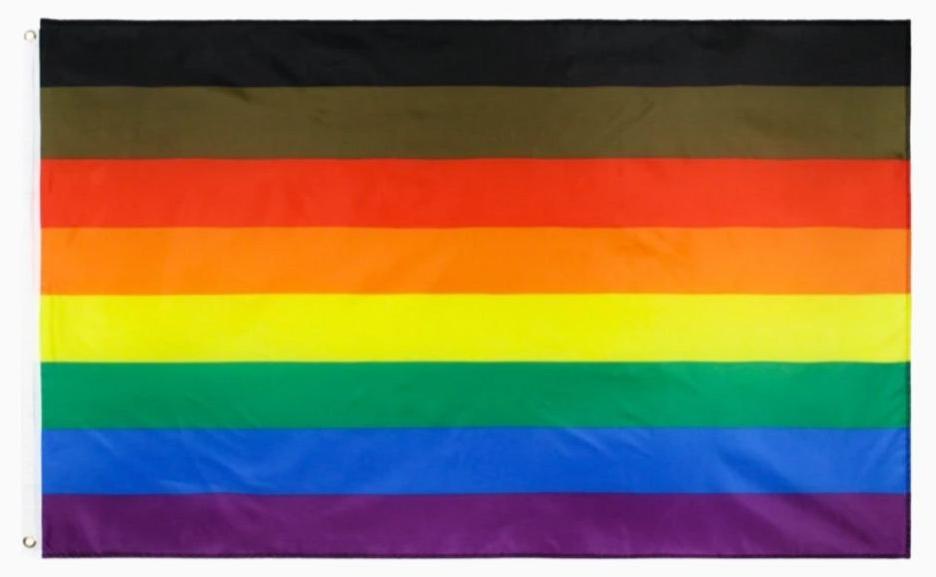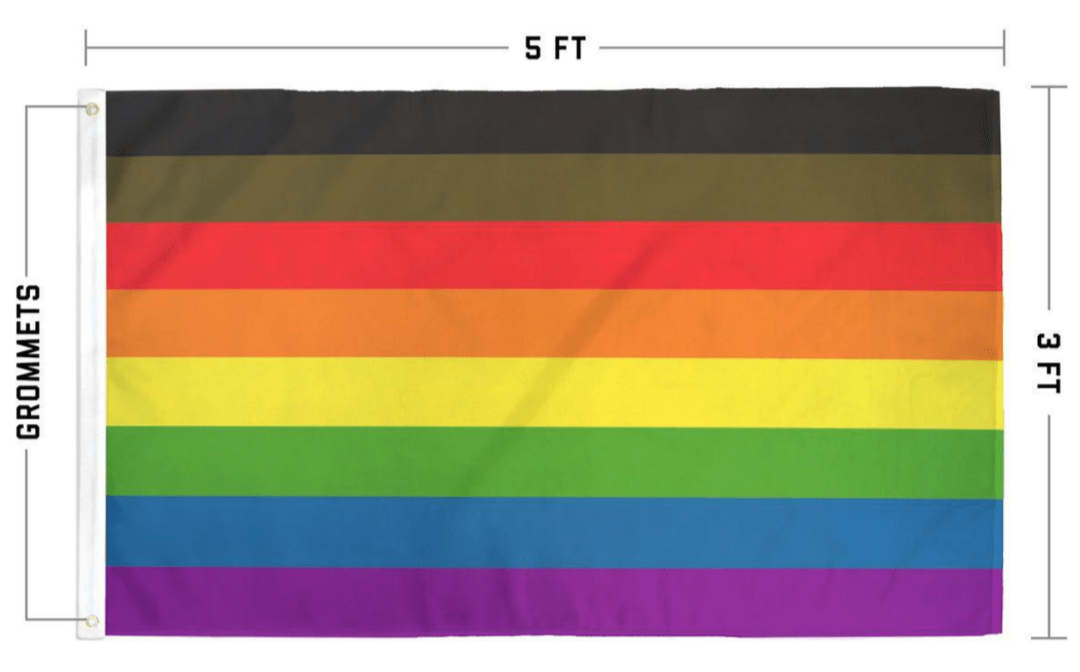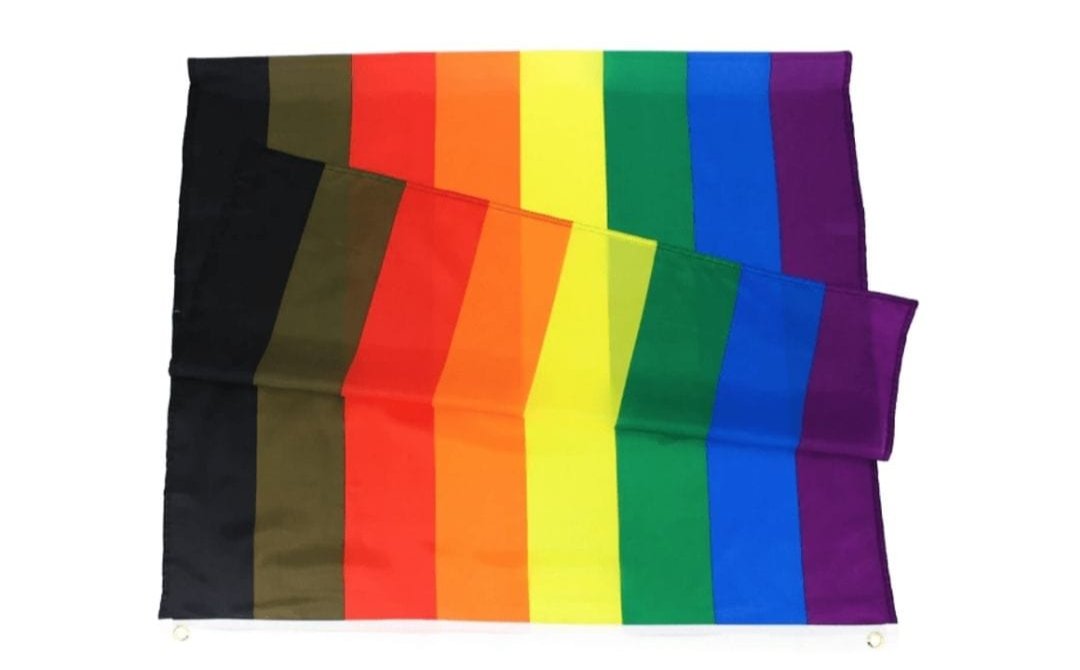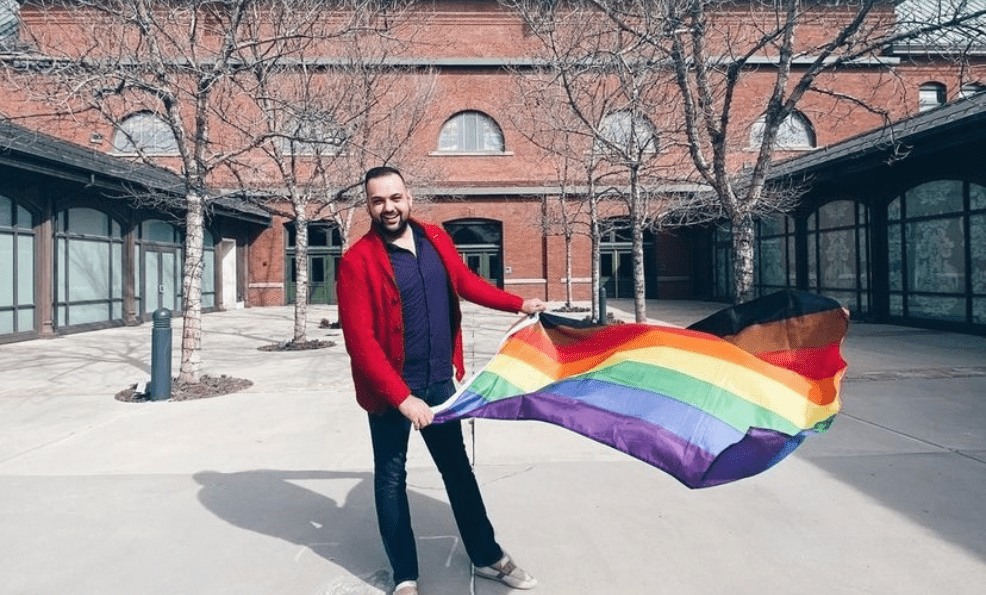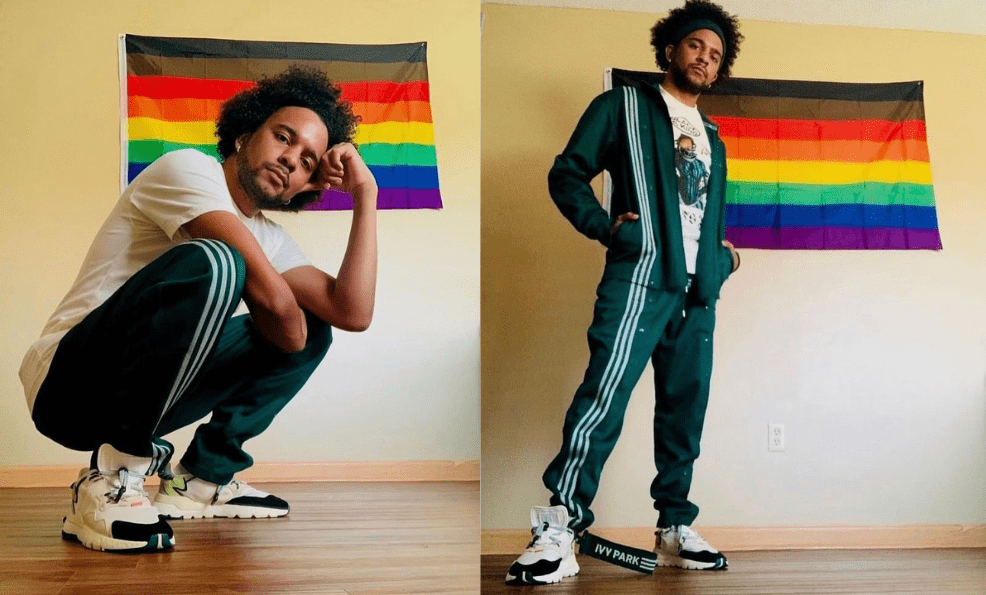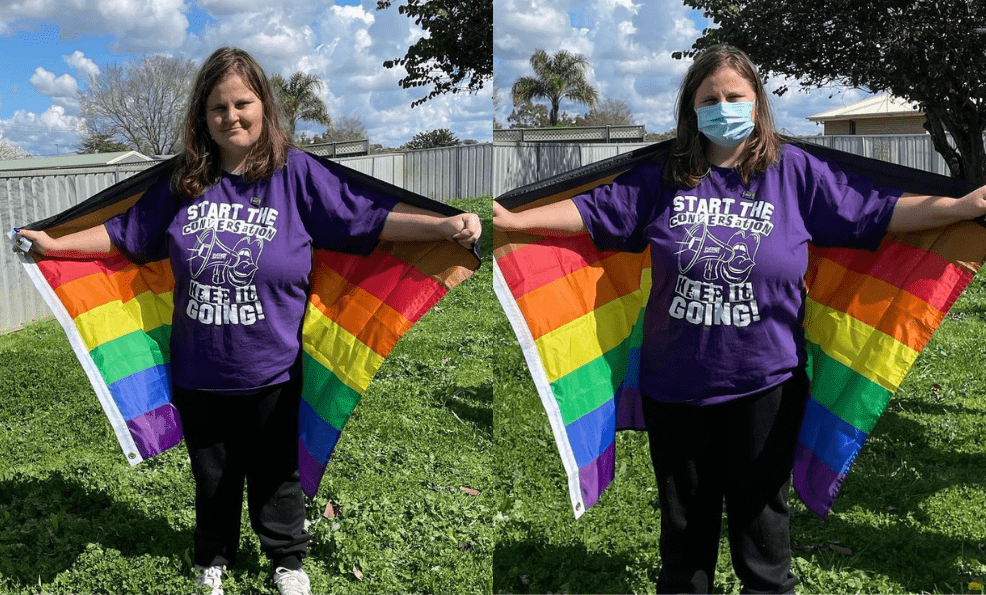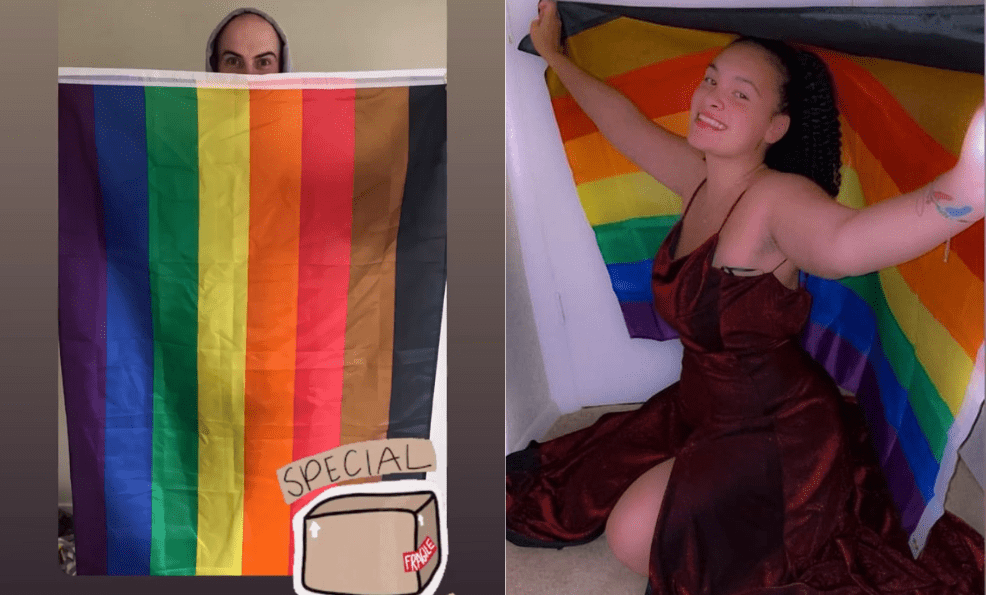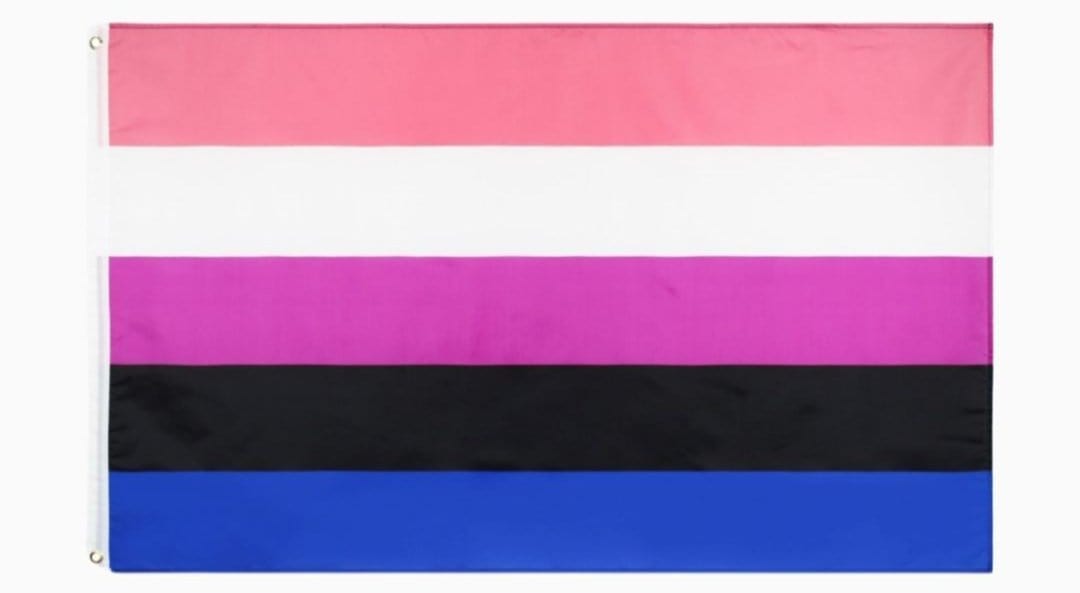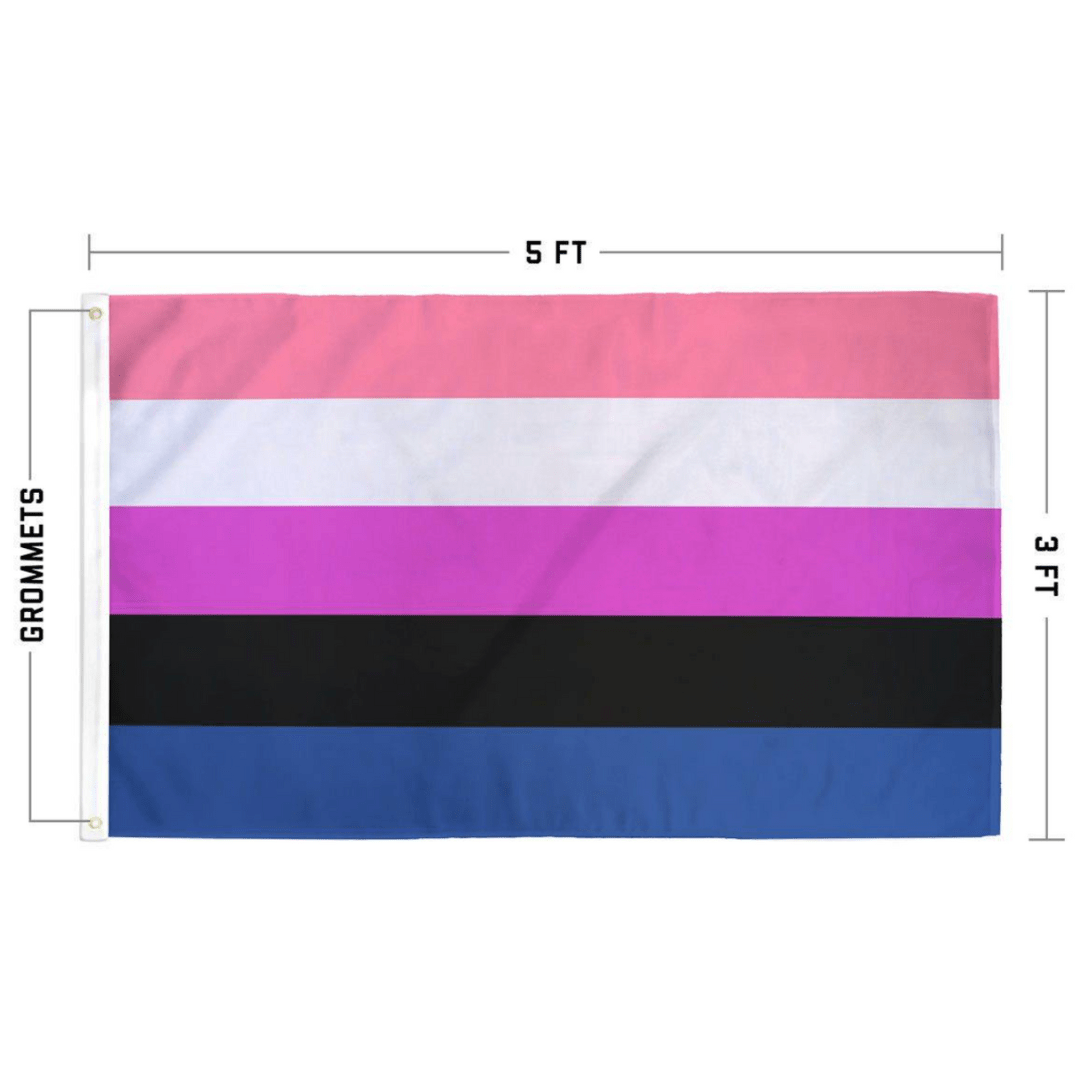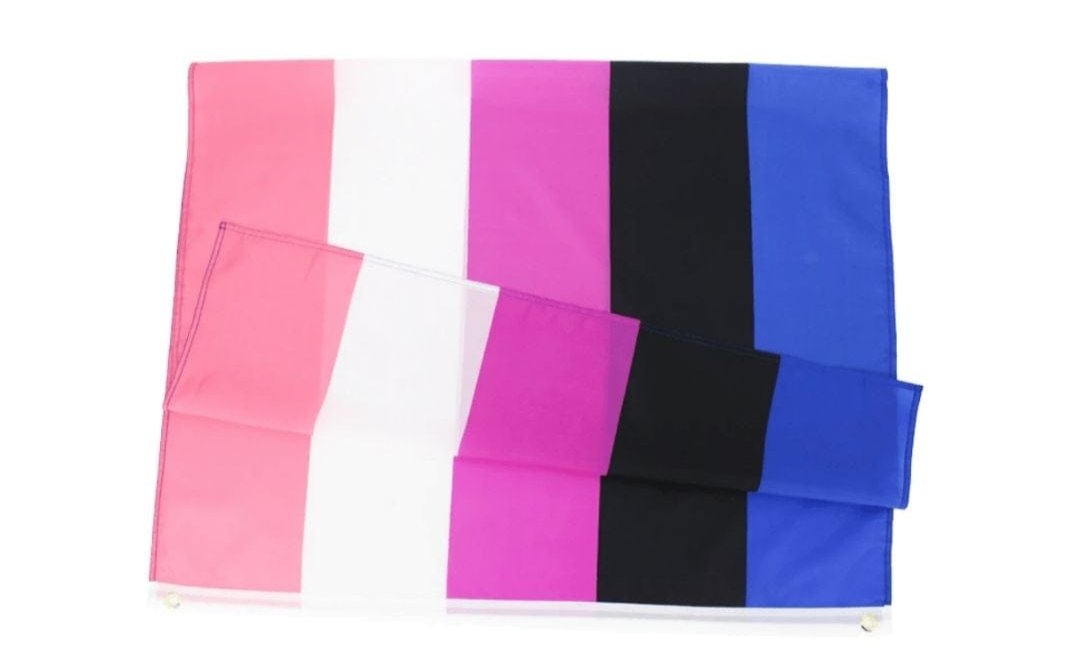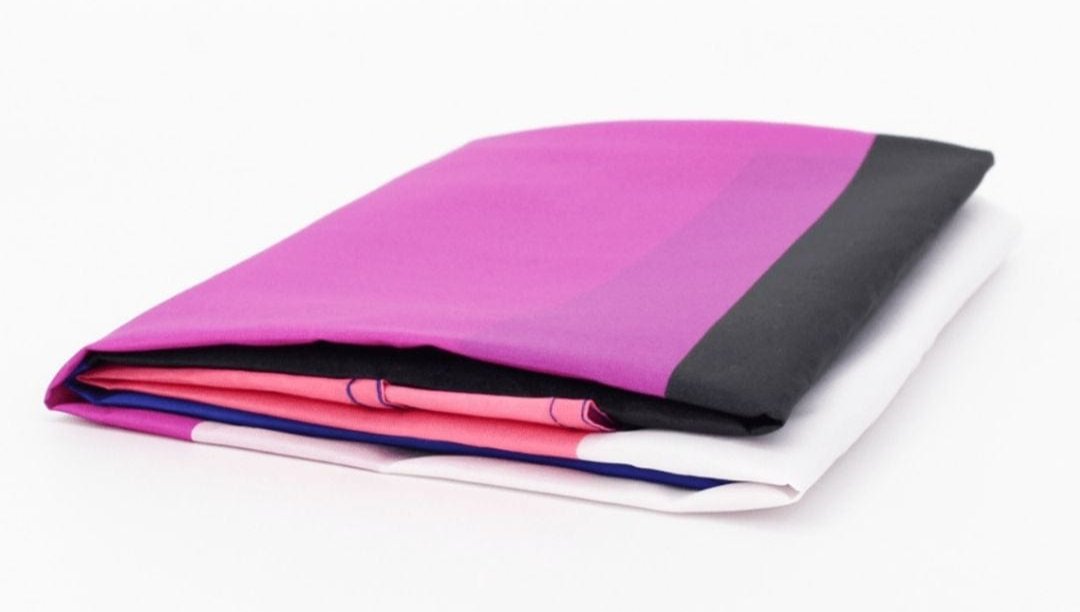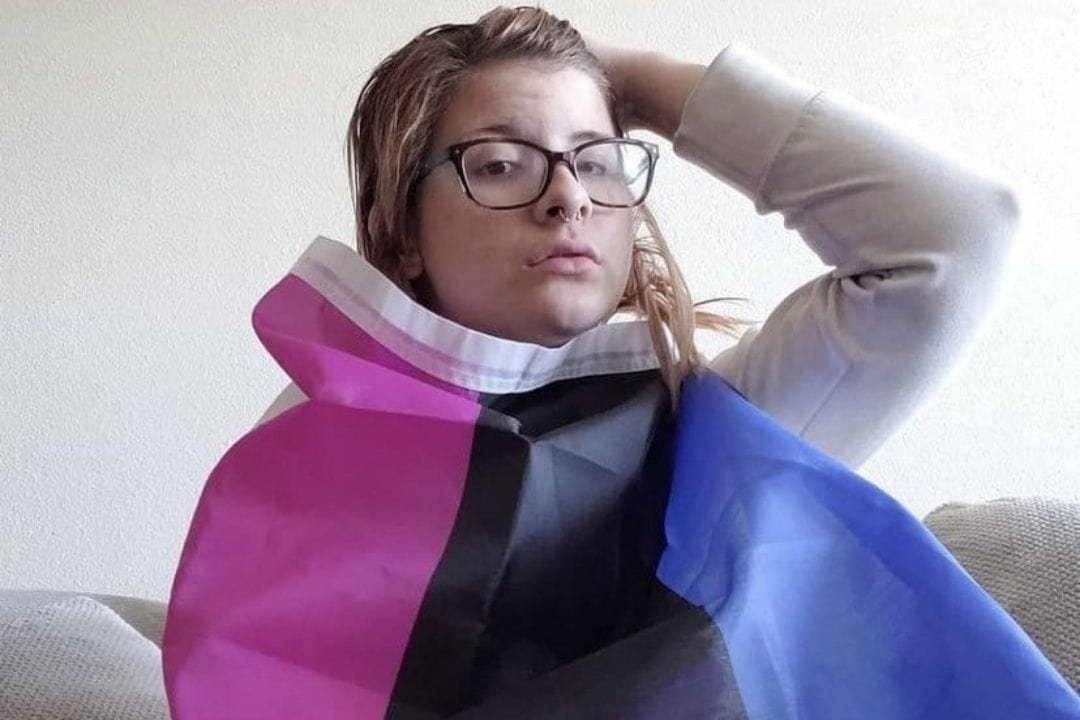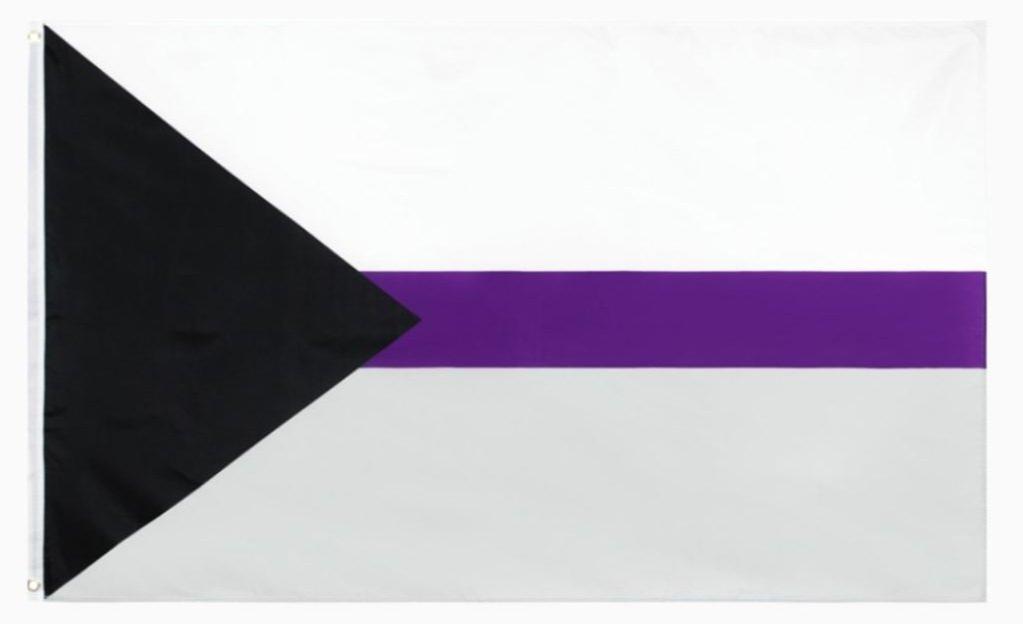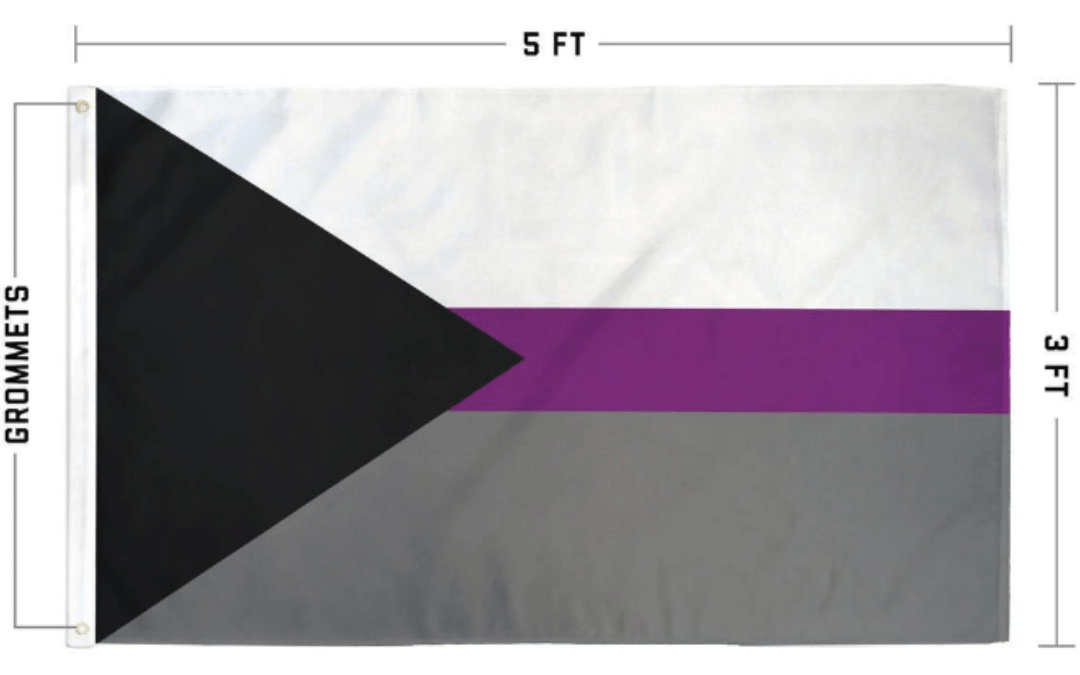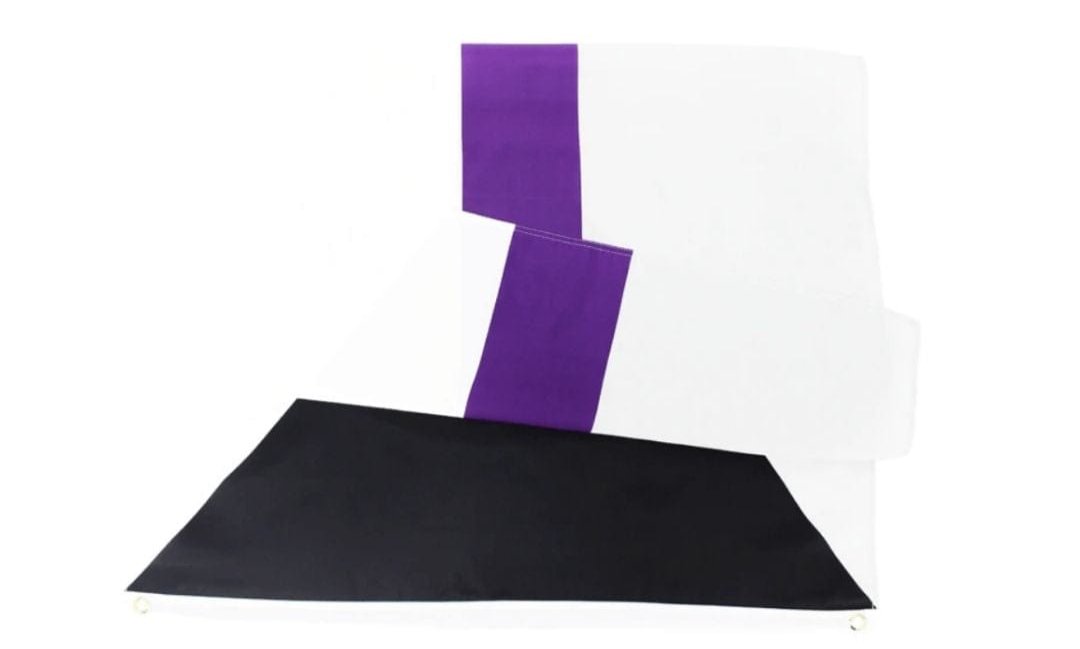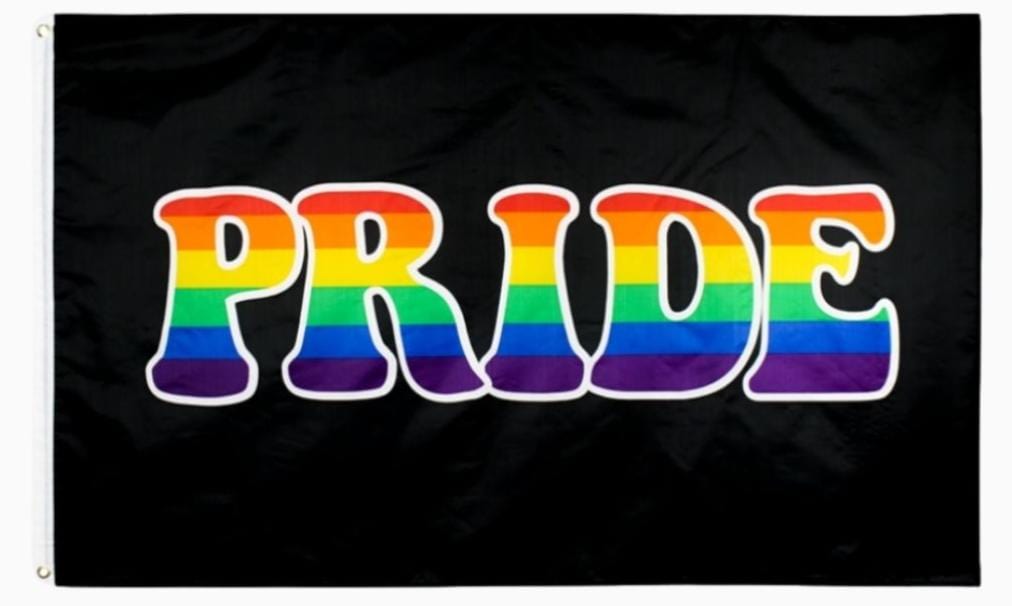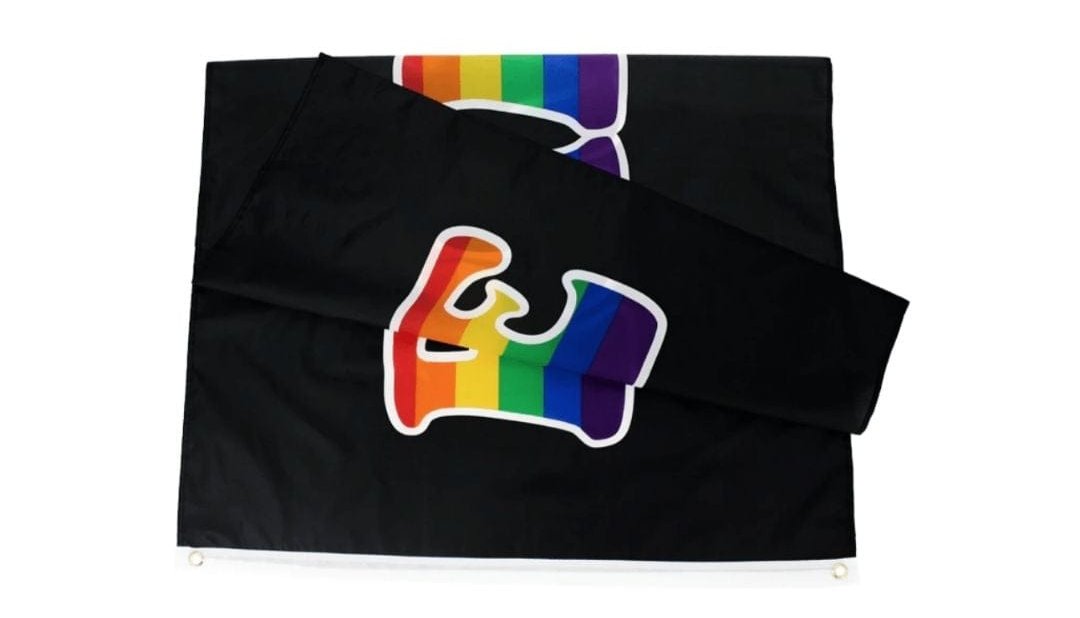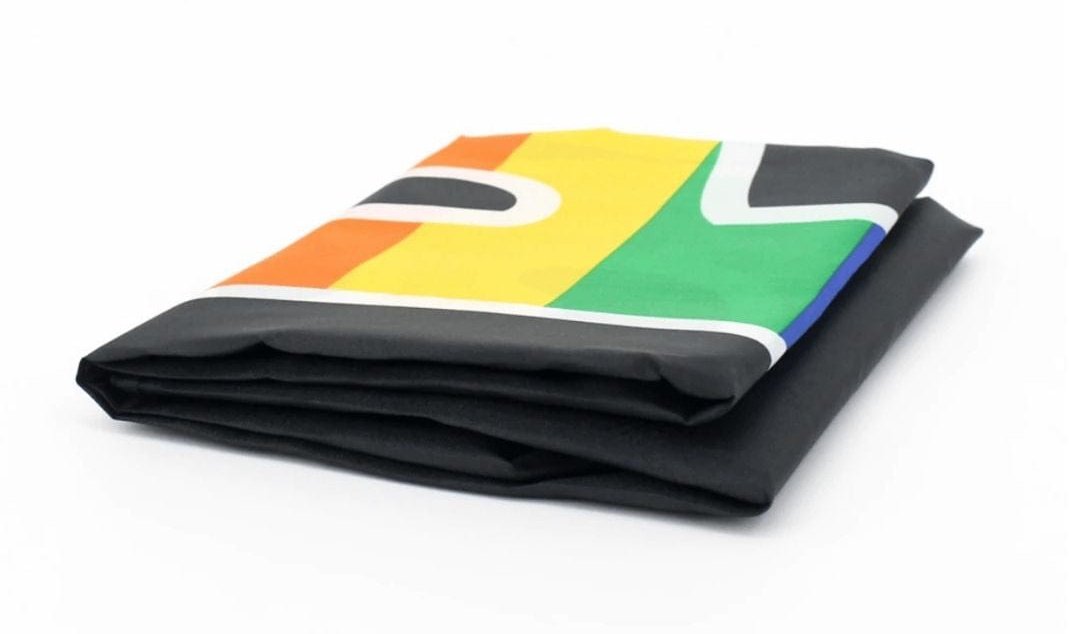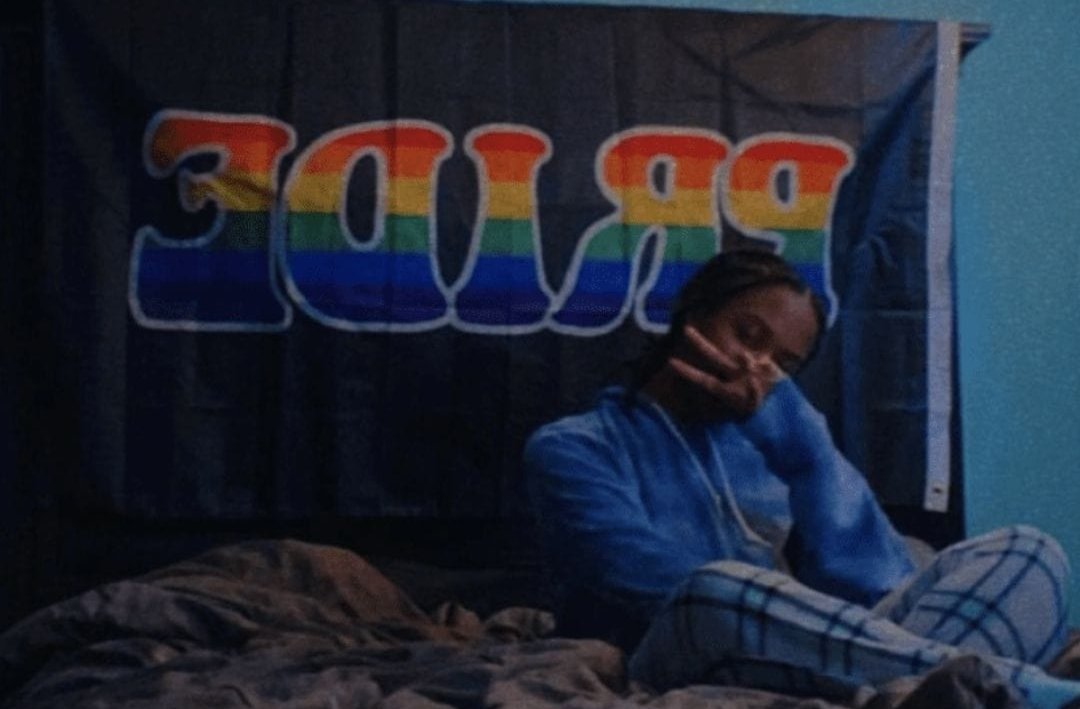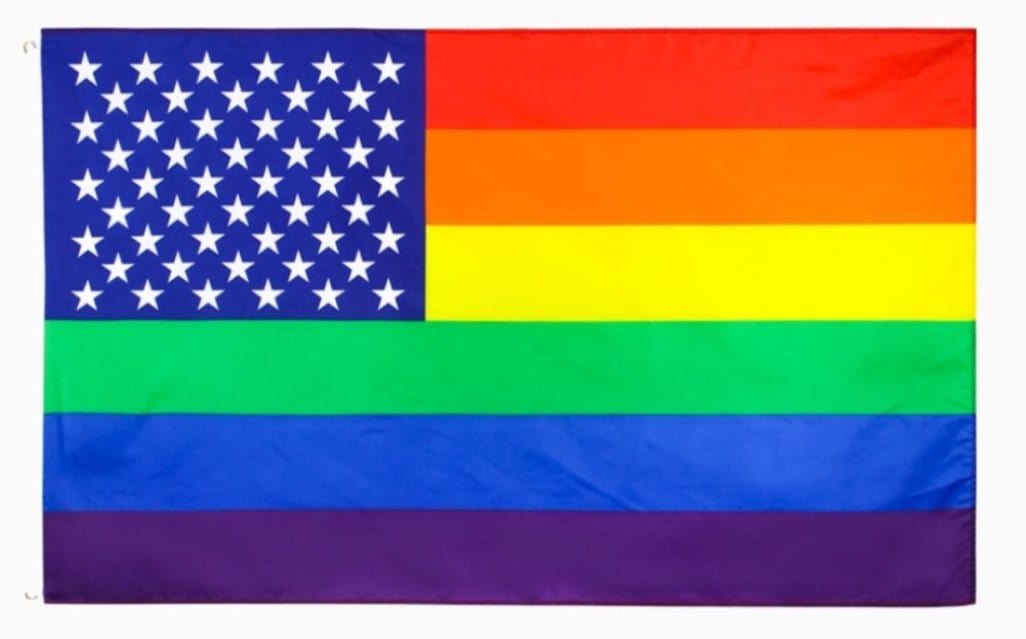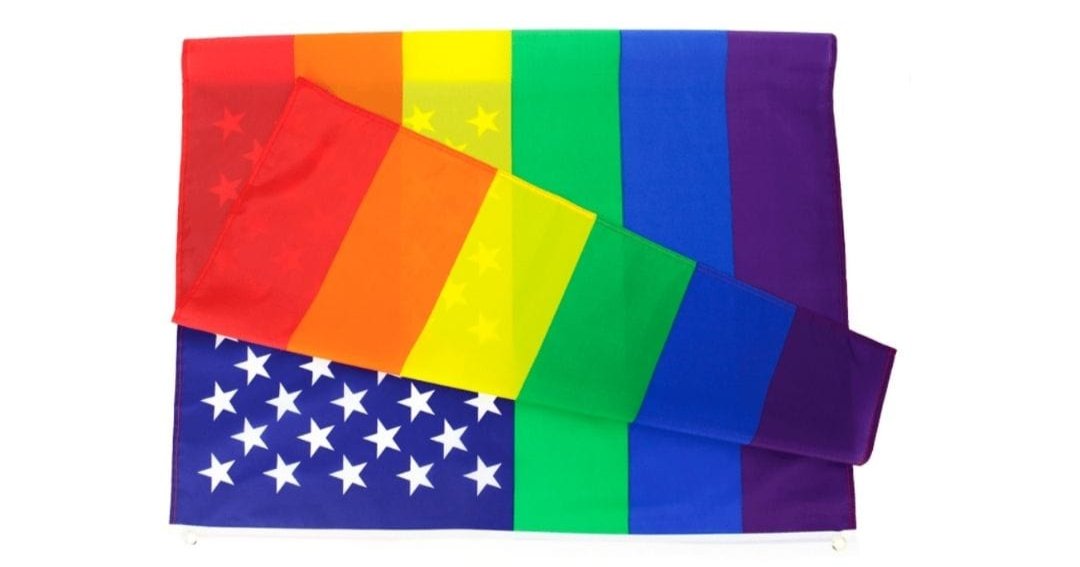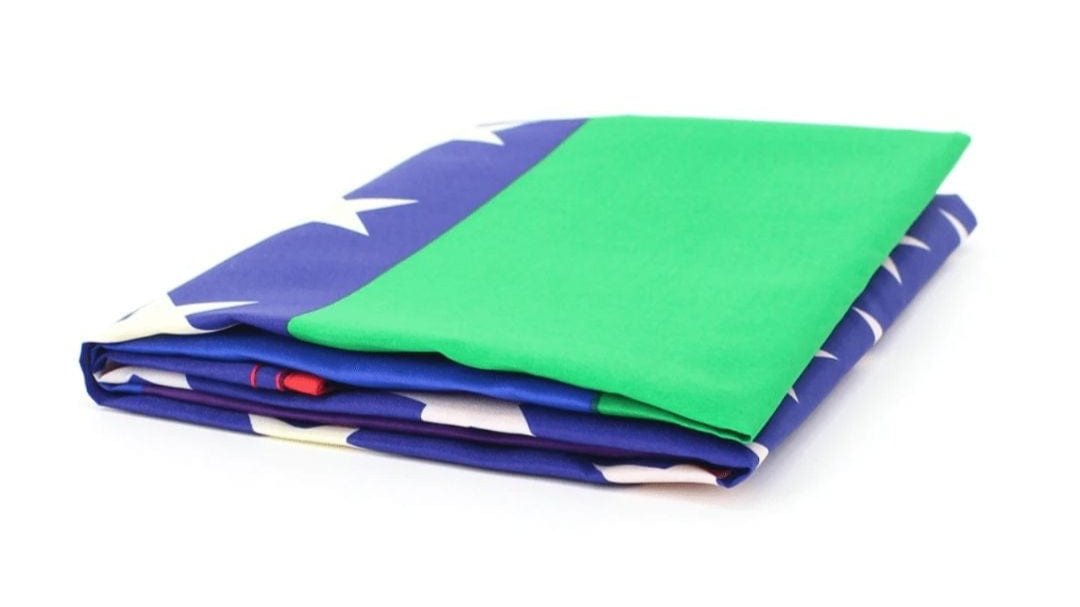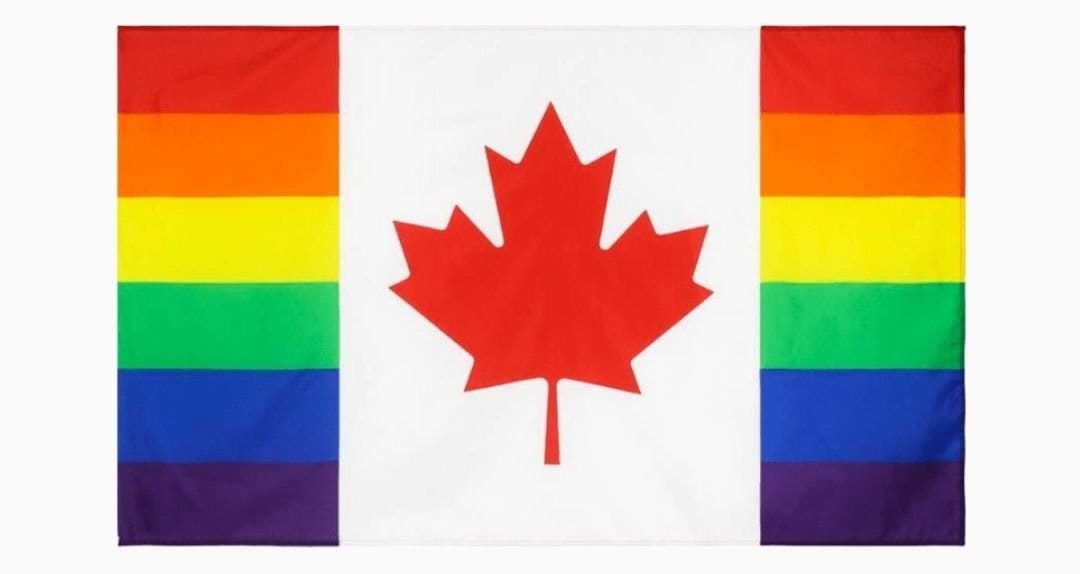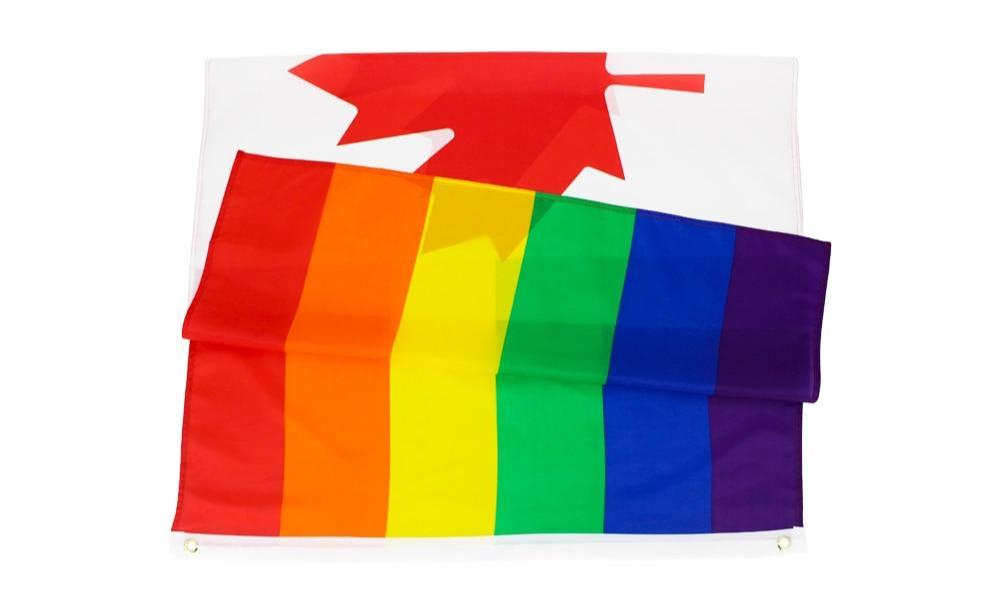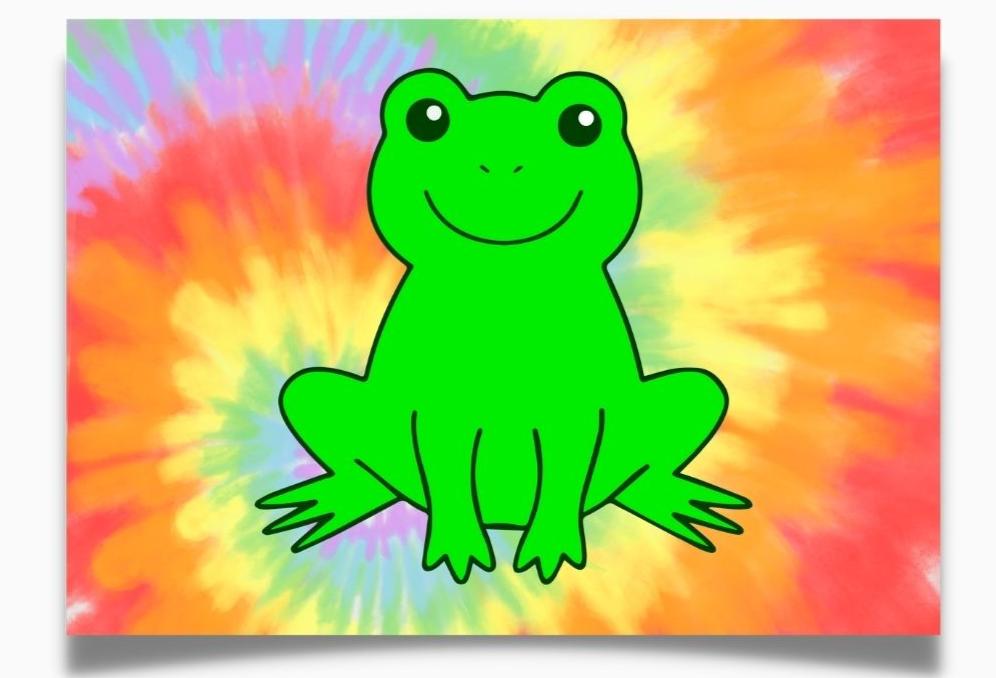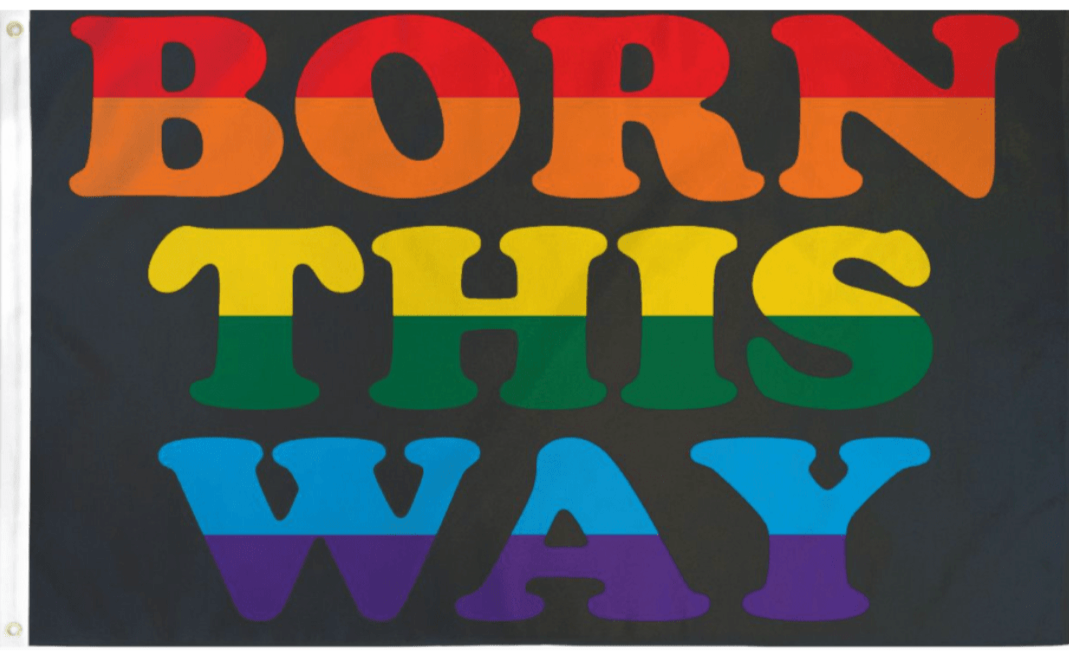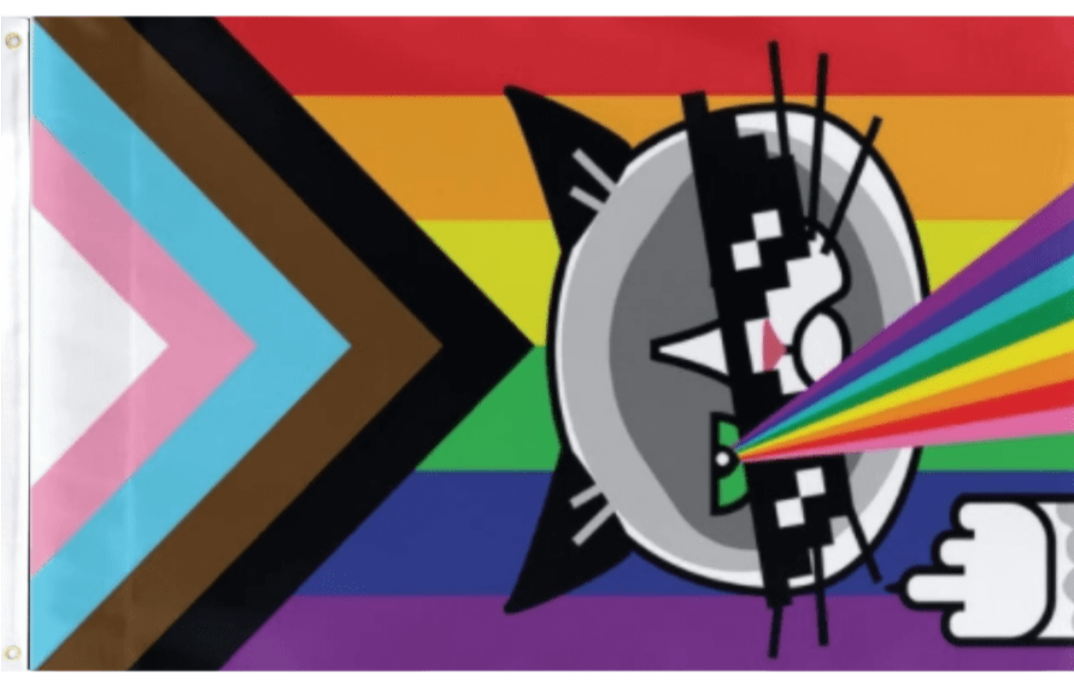Genderqueer is another term for non-binary or enby. Does it seem like we’re speaking Greek? For those of you who aren't sure about the meaning of these terms or who they represent, this article is for you.
We’ll keep it simple: Basically, anyone who does not identify as either man or woman counts as genderqueer. That's it! The umbrella for genderqueer people is actually quite large, and some transgender people would also consider themselves genderqueer. It all comes down to personal preference, like all identities.
Let’s explore the world of being genderqueer together!
What Does Genderqueer Mean?
The gender binary is the concept that humans are men or women, and there is no in-between. This should not be confused with the sexual binary, which is based on chromosomes. In the sexual binary, most people either have a Y chromosome (and their DNA counts as male) or have a second X chromosome (and their DNA counts as female). This sexual binary has nothing to do with gender or what someone has going on in their pants. It also does not affect their romantic or sexual attraction. Being genderqueer only affects your gender identity, nothing else.
Genderqueer or non-binary people approach the idea of gender differently. Some people feel as though they have no gender and call themselves agender. Others may identify as a woman some days and as a man on other days, fluidly switching between the two types of presentations and are known as genderfluid. Still, others prefer to say that they are a third gender or have another gender that isn't yet named.
A Third Gender?
The idea of a third gender is not a new one. Throughout history, certain societies and cultures have classified individuals who do not perform the same social or traditional roles of either men or women as third-gendered. Some societies recognize intersex people (individuals who have the anatomical parts of both males and females) as third-gendered. Other cultures have separate genders for men who perform female gender roles, women who perform male gender roles, and people who have taken vows of chastity or are androgynous. These ideas about gender have been seen primarily in Polynesian, African, Native American, and Middle Eastern cultures, which is why so many people in America and Western Europe have been caught off-guard by the rise in popularity in Western society recently.
Why Does Gender Exist?
The purpose of gender is to present an image to the world and the people around us. Because humans need to categorize people, places, and things to understand what is socially appropriate and what kinds of expectations a social situation will require, gender presentation gives people the ability to know how to treat someone before meeting them. This can sound a little rude or harsh, but human brains are programmed to generalize in all situations based on a simple set of rules or values. While some people do take this to an extreme with concepts like negative prejudices, even the best-intentioned human brains only have so much storage space.
For example, many men will hold a door open for a woman if they see her hurrying along or going the same way as them. Someone who is genderfluid might notice that men hold the door open on days when they present as a woman, whereas men do not hold the door open on days when they present as a man. This is not to say that men shouldn't also hold the door open for other people besides women; this is just an example of a social script. This is also not an endorsement or excuse for people to misbehave based on their social scripts. However, it is why many people may be confused or disoriented when they attempt to interact with a genderqueer person for the first time.
Most people don't mean any harm or cruelty, but when you are out and about during the day, focused on work or running your errands and you need to interact with someone who doesn't fit into your social scripts, it might take you a few seconds to reorient yourself in the conversation or interaction, or it may not. The younger someone is, the more likely they are to notice the difference, and the faster they will be able to respond to the social interaction because younger minds form new neural pathways more easily.
As a note, the best way to treat people is with respect, however your culture shows it. If you aren’t sure which gender pronouns to use for someone, just ask politely. We promise that they would rather be asked than misgendered. Some people like using “they/them” as a singular pronoun, whereas others use “ze” or “xe”.
While many people pushed back against they/their/them as singular pronouns and claimed that it was changing the English language, “they” has been a singular pronoun in English since the 1300s. Commentators had already started the same argument in the 1700s and been shown the error of their ways. It just goes to show that if you look back far enough in history, you will find that some people just like to disagree for their own sake.
The History of Genderqueer People
While the term genderqueer was first used in the 1980s, the concept has been around for millennia. Over the years, people have used the word genderqueer to refer to anyone who doesn't present gender in the traditional manner according to their society. This might include androgynous people who identify as a man or woman but who simply dress or wear their hair ambiguously. Some cultures may recognize intersex people as genderqueer or choose to identify as men or women and present as their chosen gender.
In the 1990s, activists used the term genderqueer to designate anyone who identified outside gender norms, including transgender people, agender people, genderfluid people, and more. By the late 2000s, the term had become much more mainstream, and many celebrities began coming out as genderqueer.
The Genderqueer Flag
Of course, there’s a flag! The genderqueer flag features lavender, white, and dark green stripes in that order. The lavender stripe is a combination of blue and pink, the colors that typically represent girls and boys, indicating that genderqueer people can identify within and around those genders. Although they also have their own pride flag, the white stripe represents agender people depending on their preferences. The dark green stripe is for people who identify as something completely separate from the gender binary. Dark green is the opposite of lavender and can represent third-gender people or other gender people.
In 2011, the original version of the genderqueer flag was made by Marilyn Roxie to represent everyone who identified outside of the gender binary. However, a few years later, someone else made a non-binary flag for people who only identified as non-binary and not genderqueer.
Summary
In the end, gender is a fluid spectrum, and you have the power to fall wherever you’d like! Since gender is something that you choose to perform every day with the clothes that you wear and the behaviors you display, genderqueer people can divorce themselves from those norms or shift between them to feel more comfortable in their own skin.
The gender binary is only as real as we imagine it to be, so if you see someone out there rocking an androgynous look, just remember, that's their identity.
Sources:
https://en.wikipedia.org/wiki/Non-binary_gender


